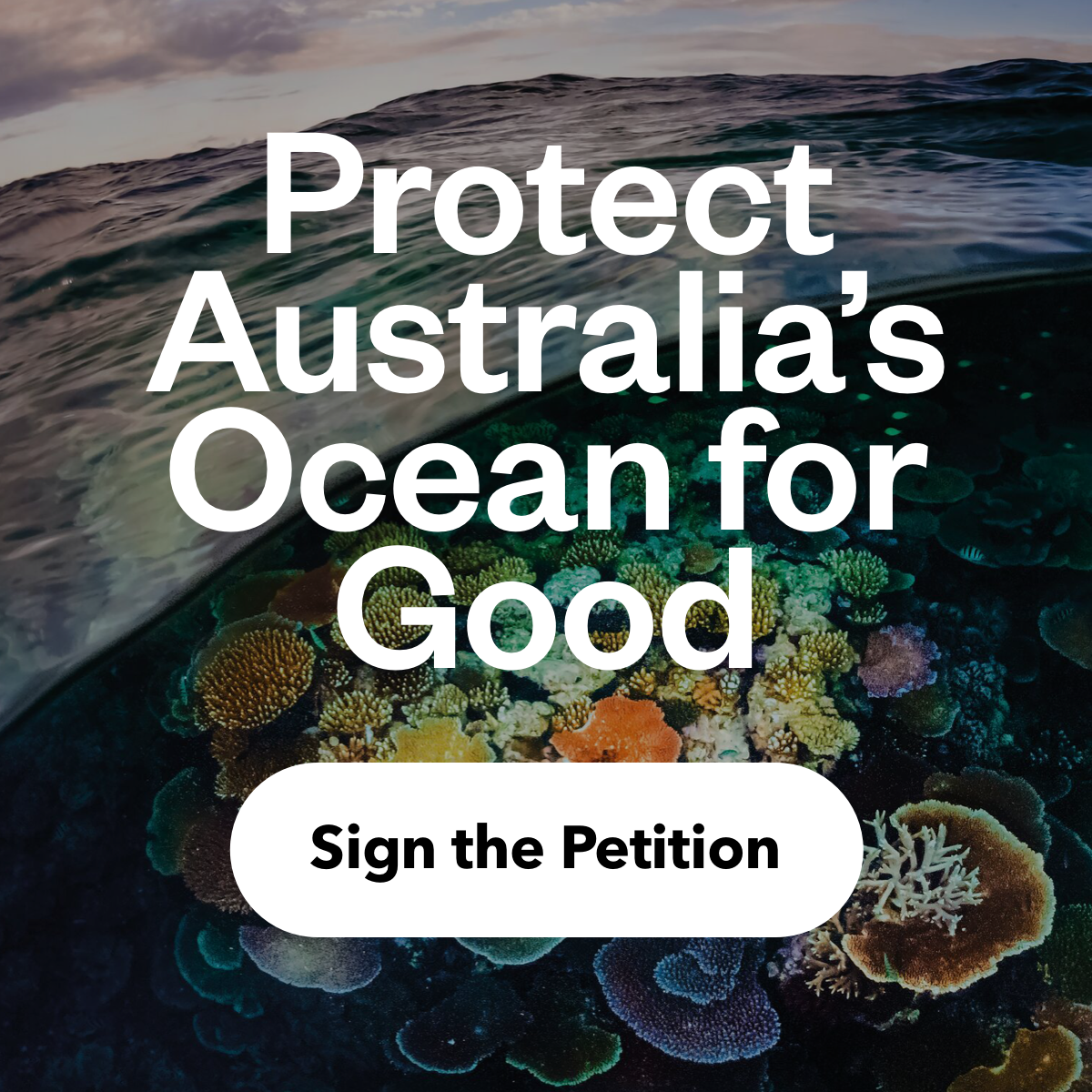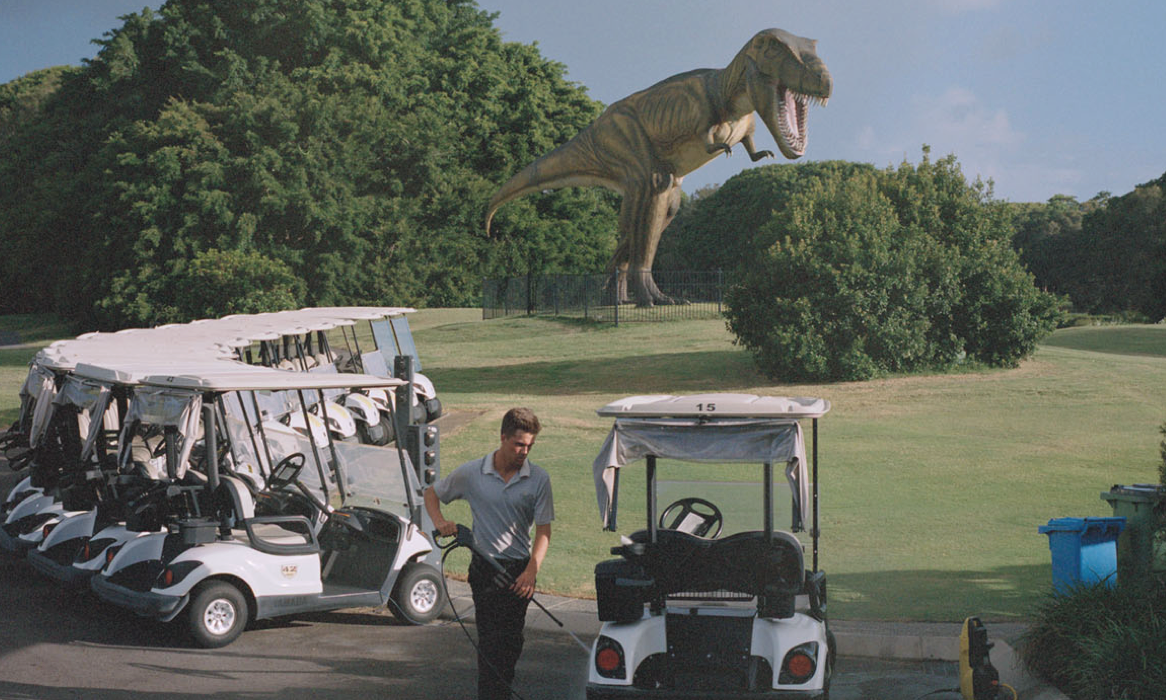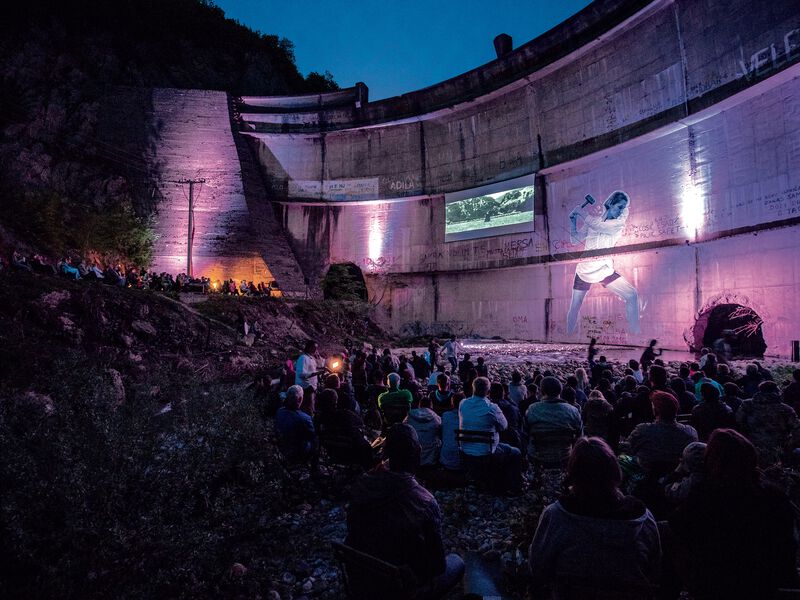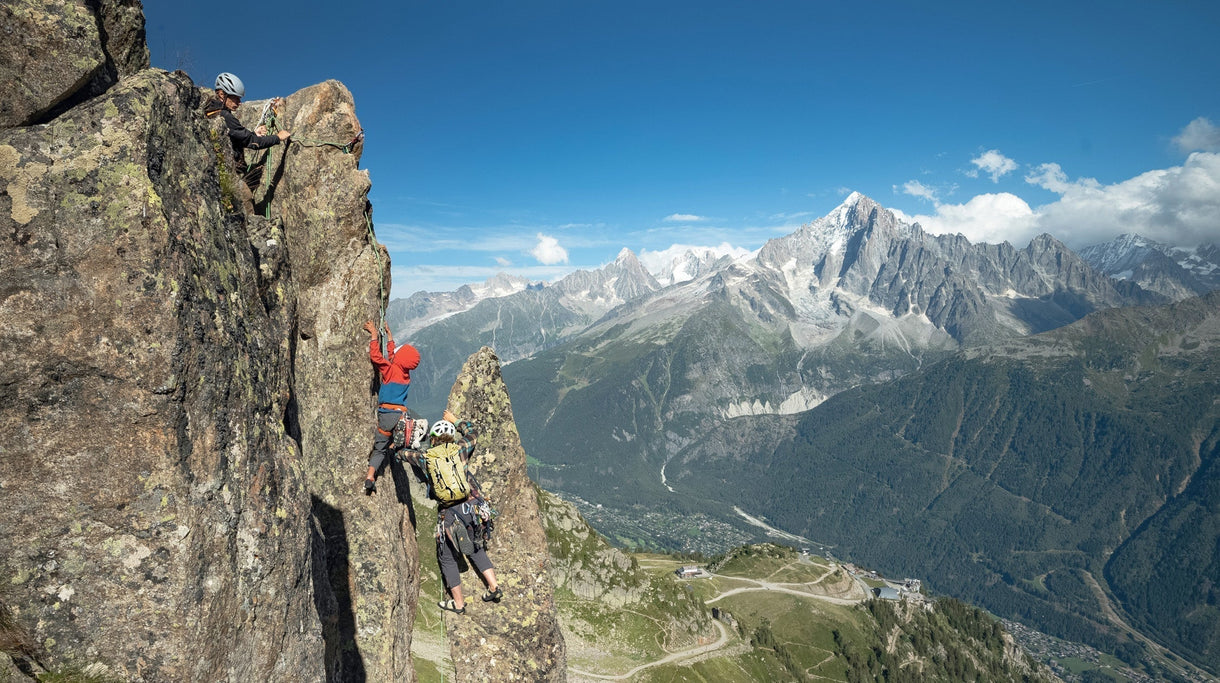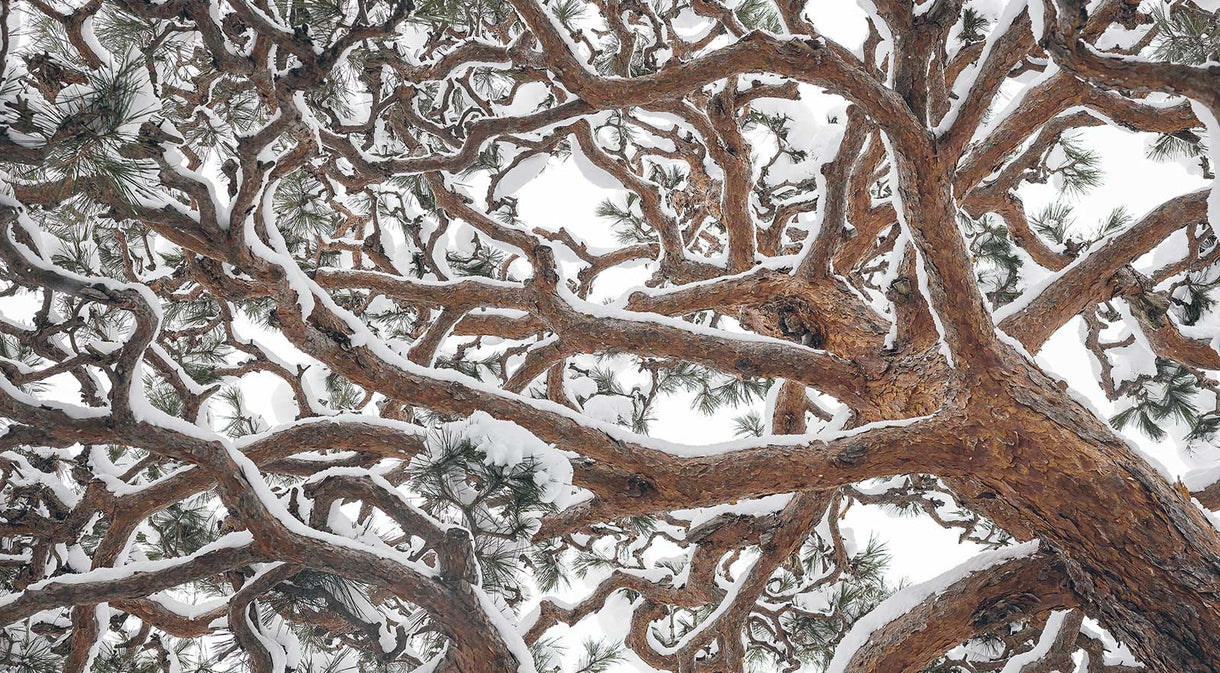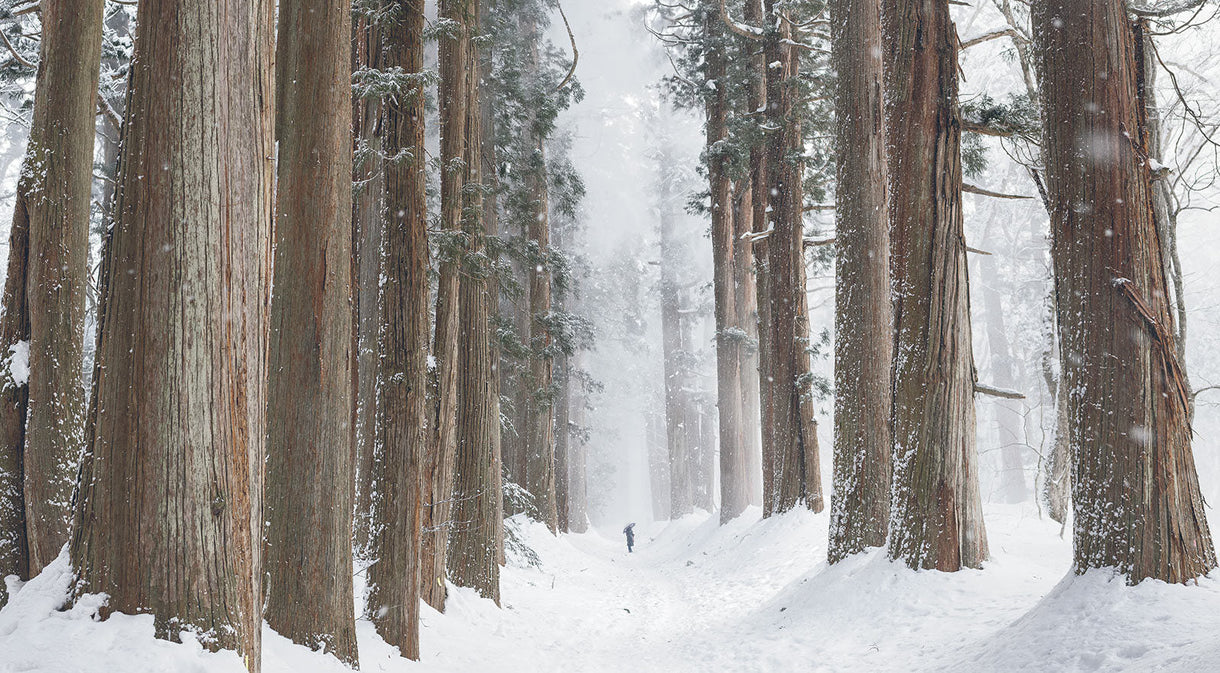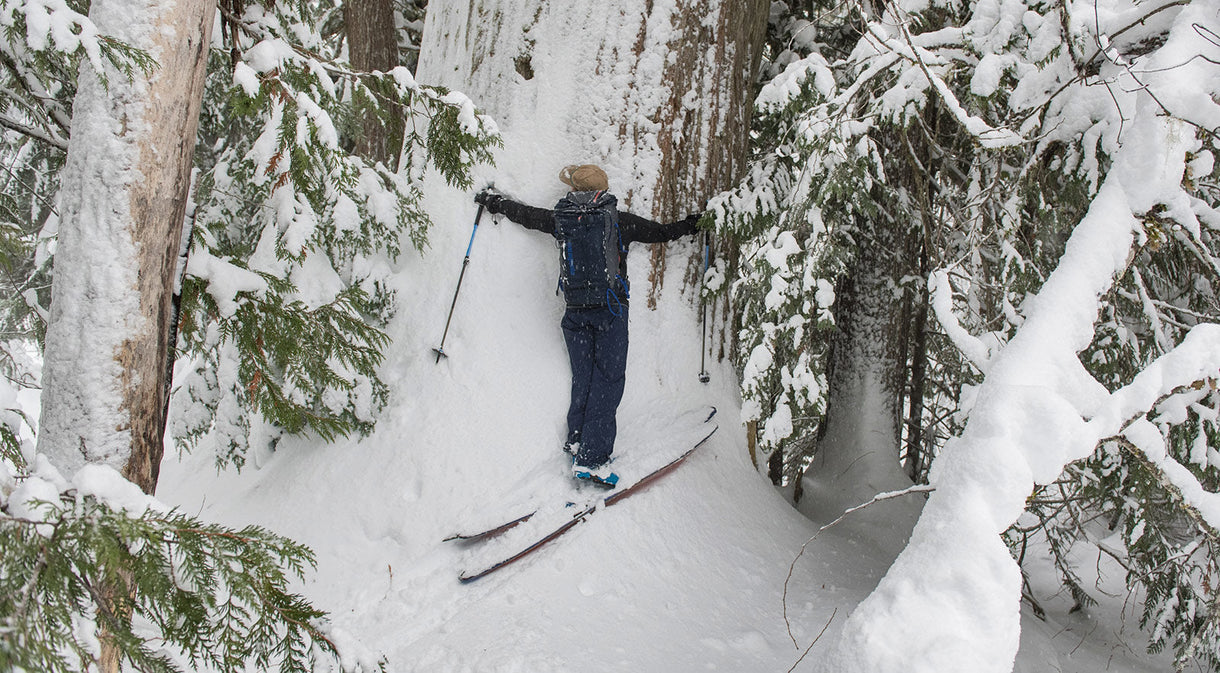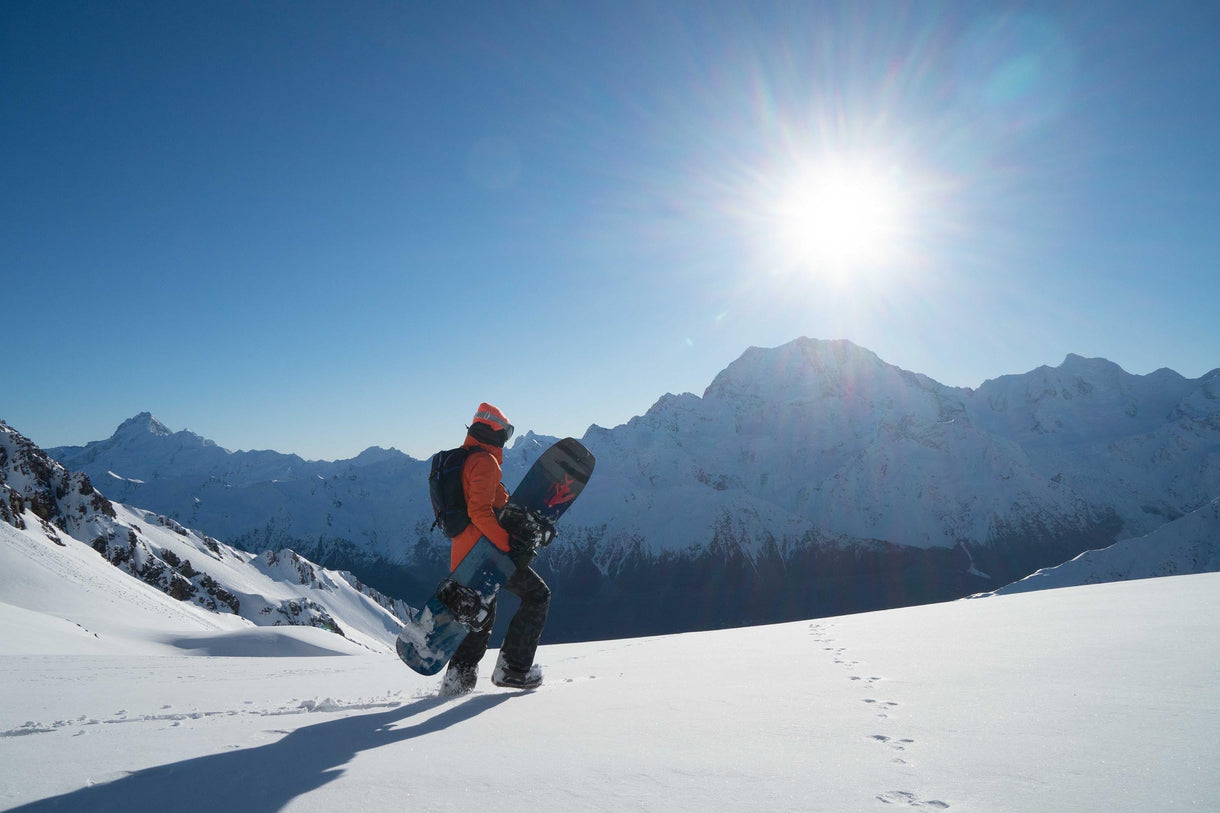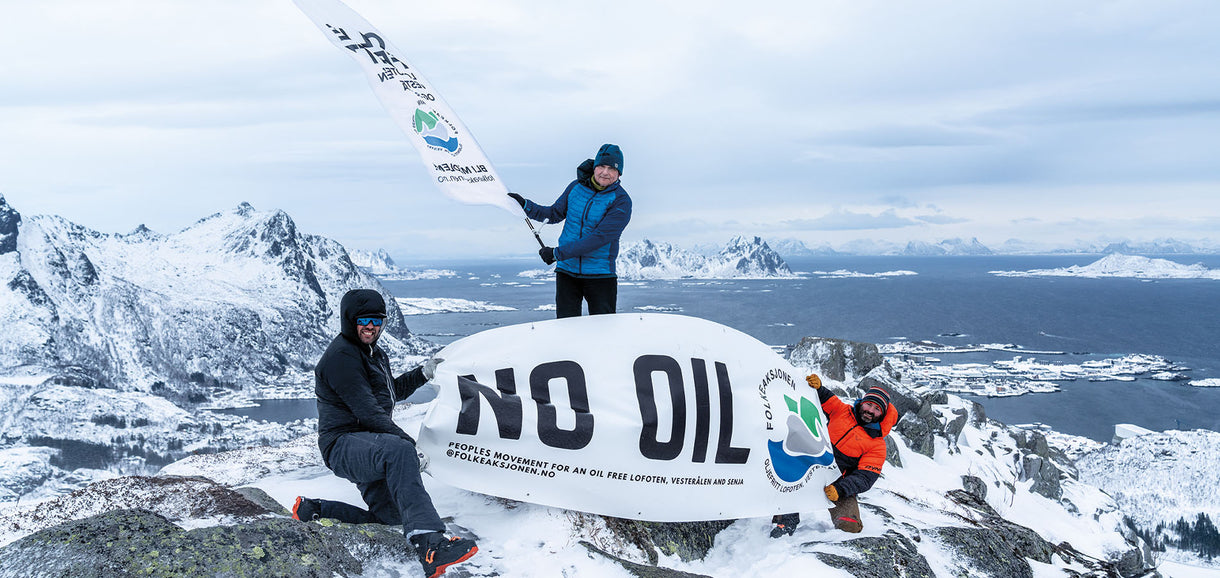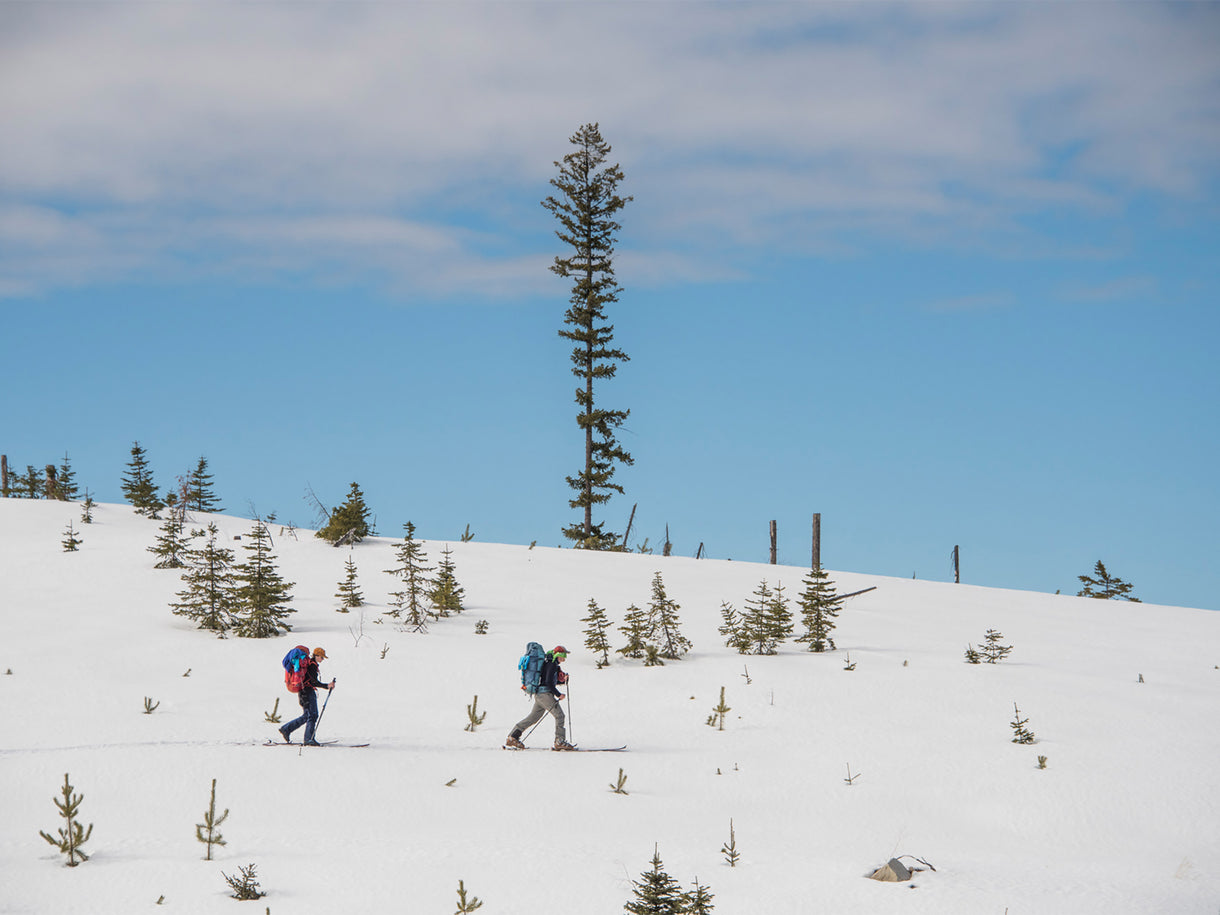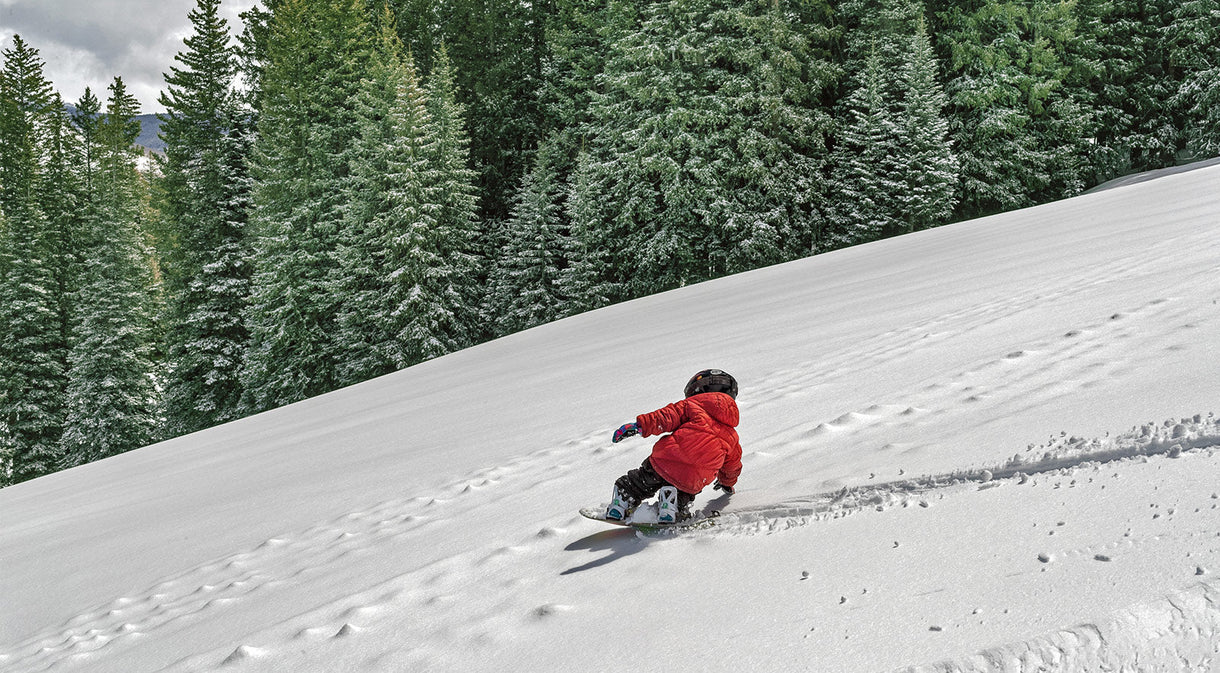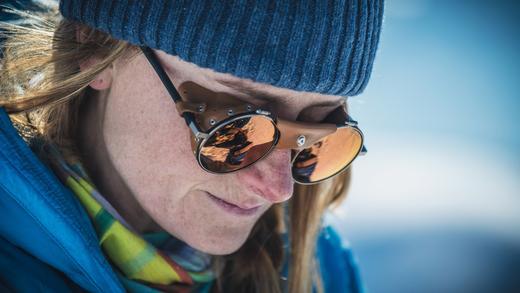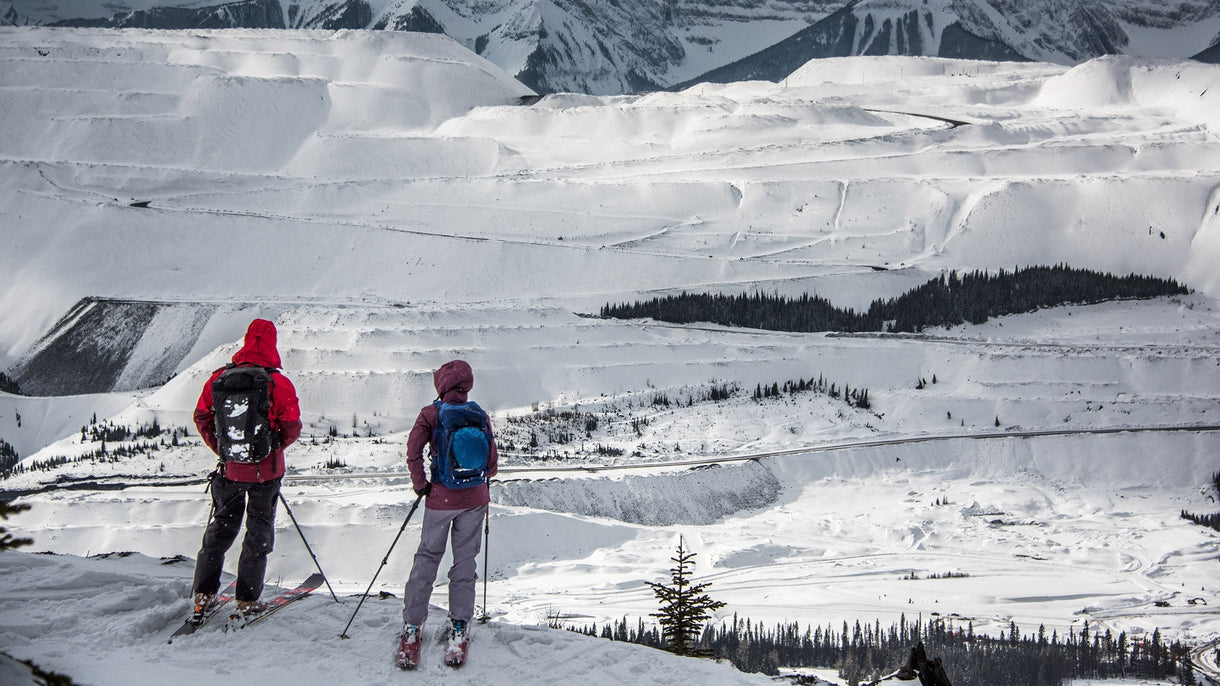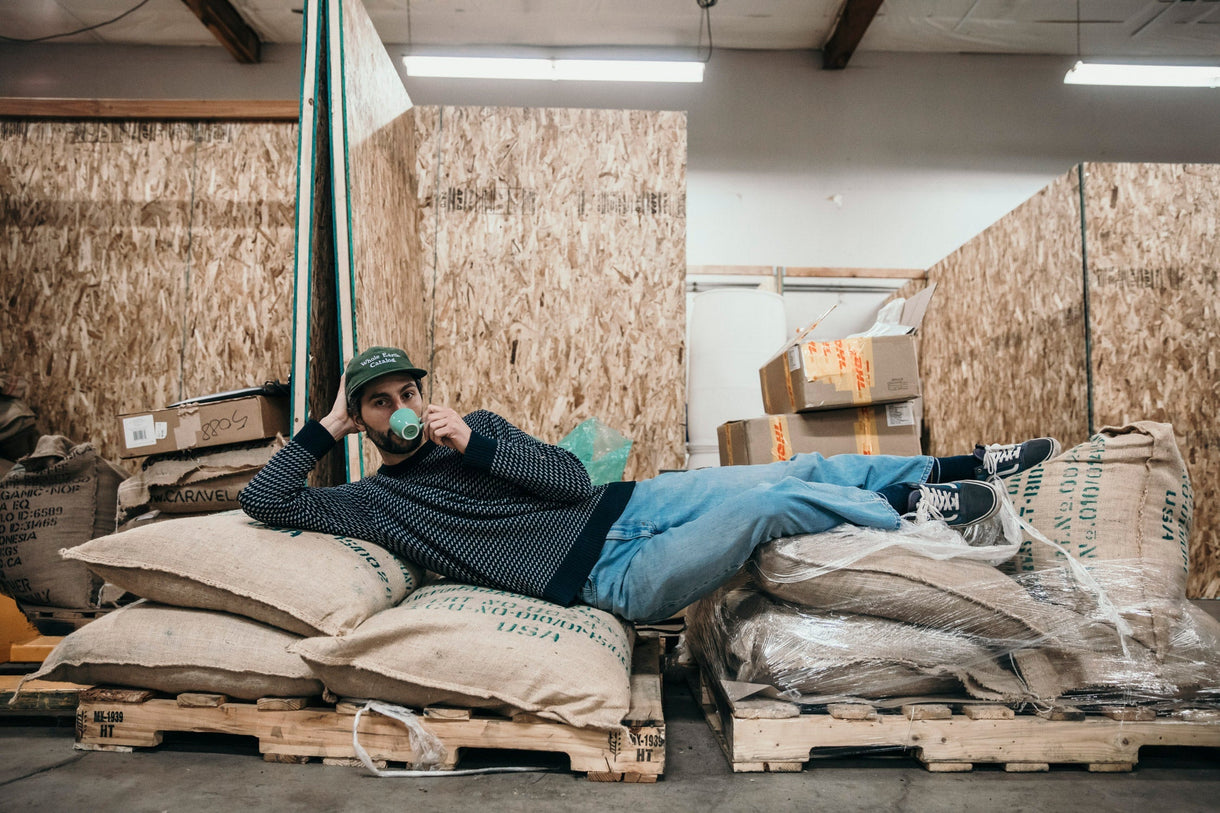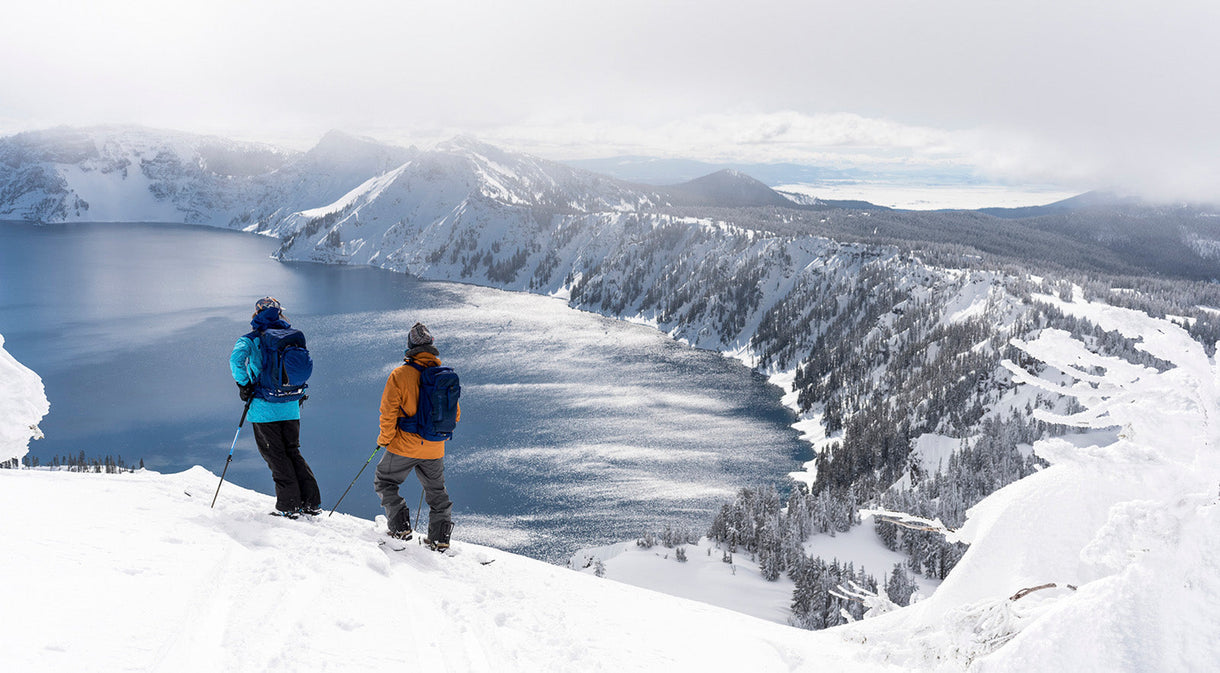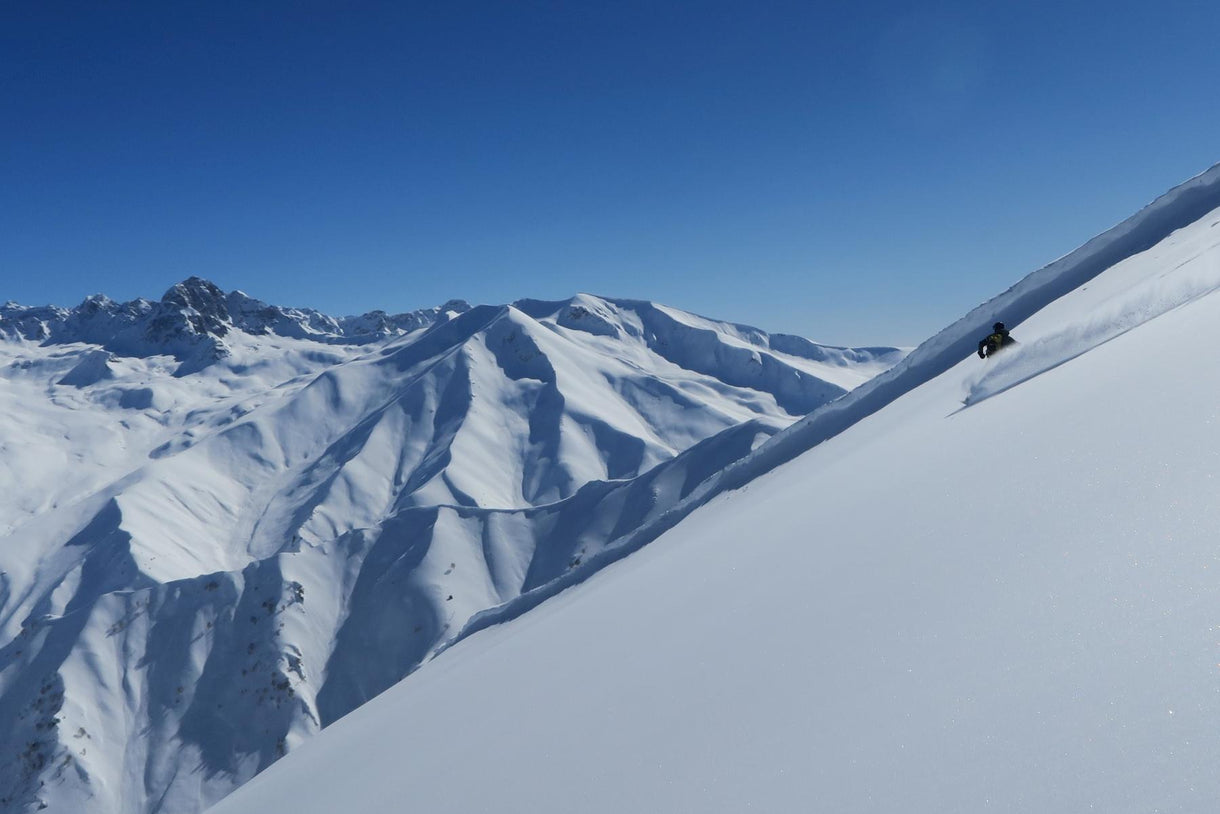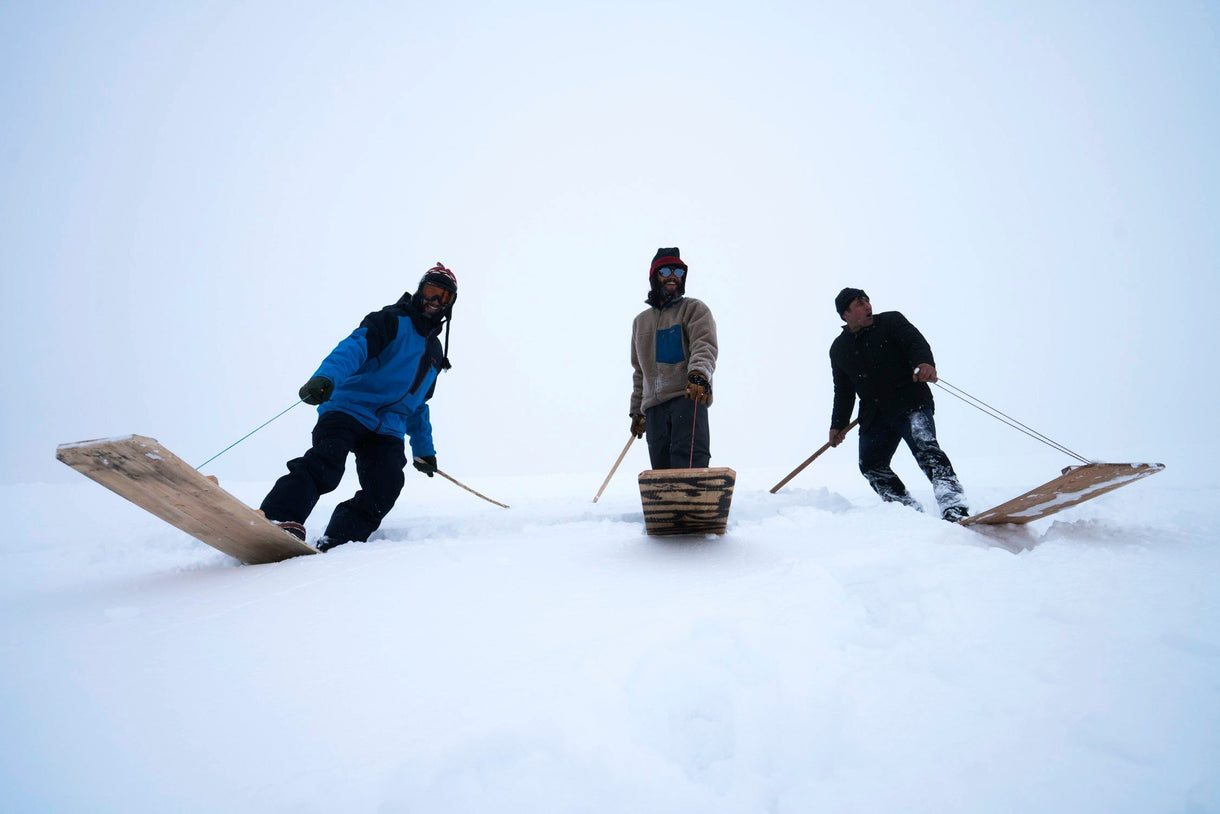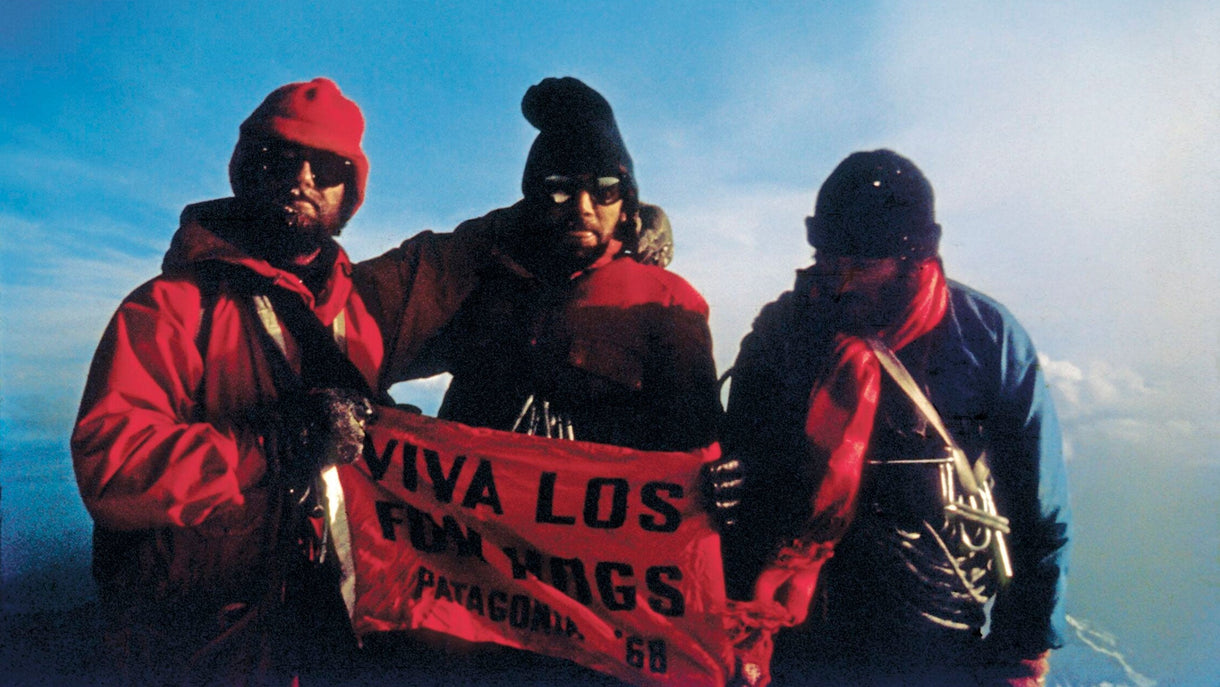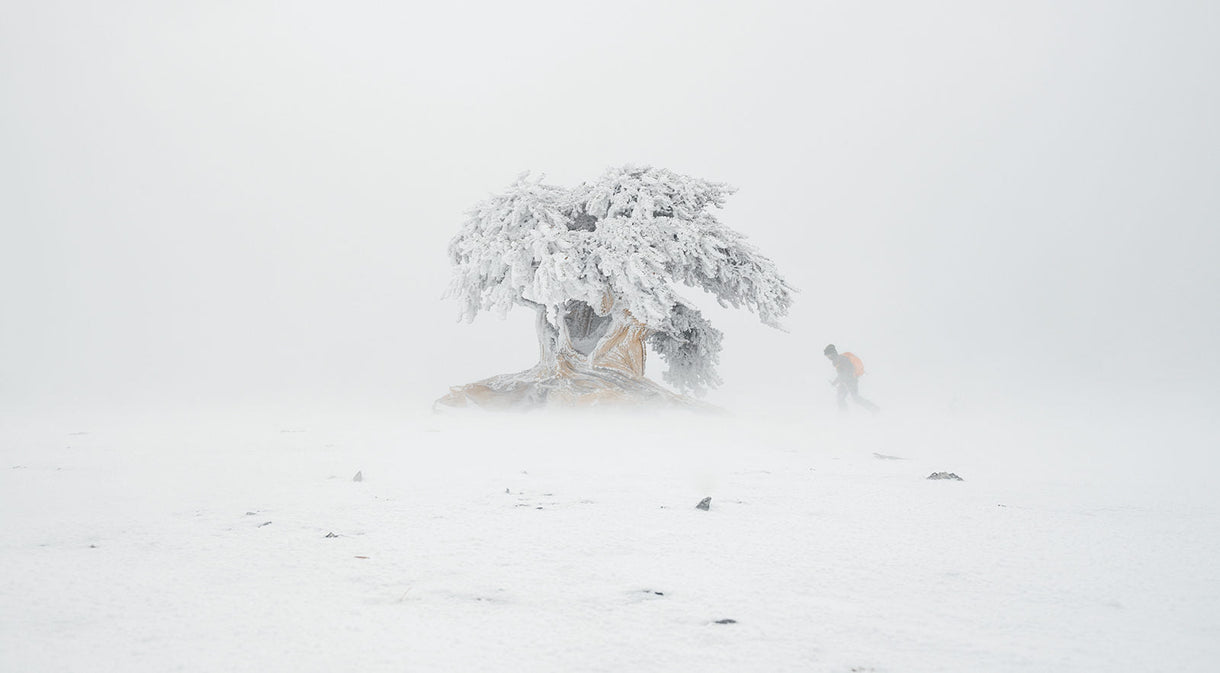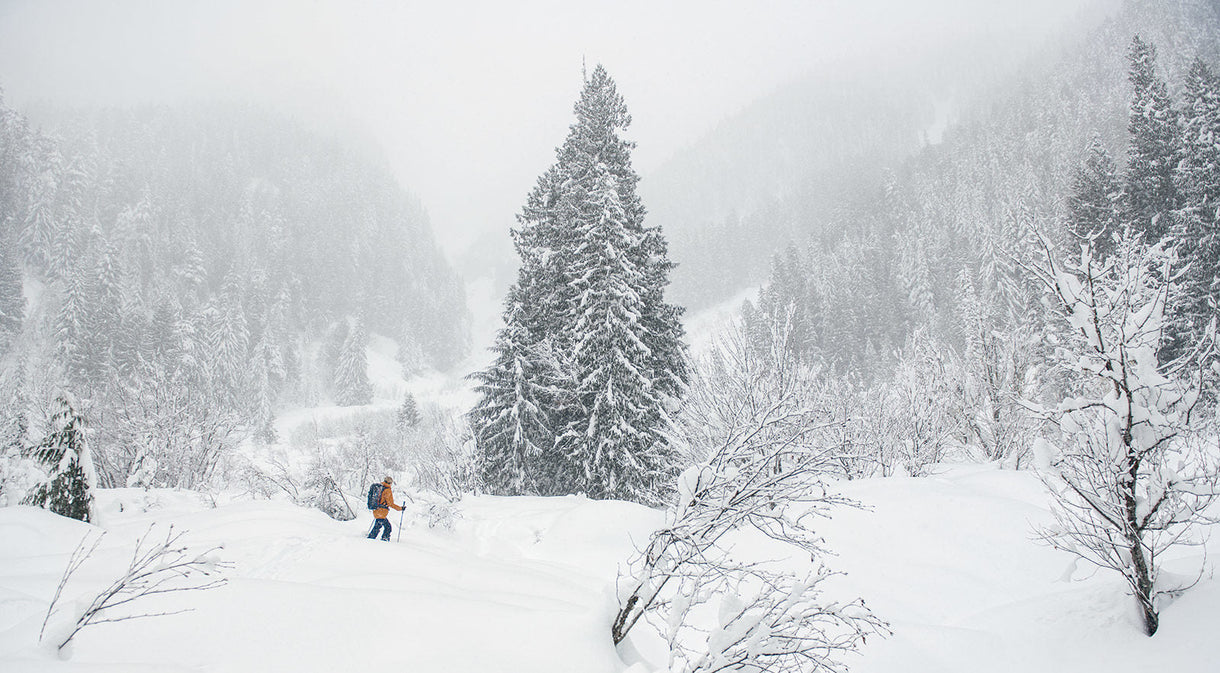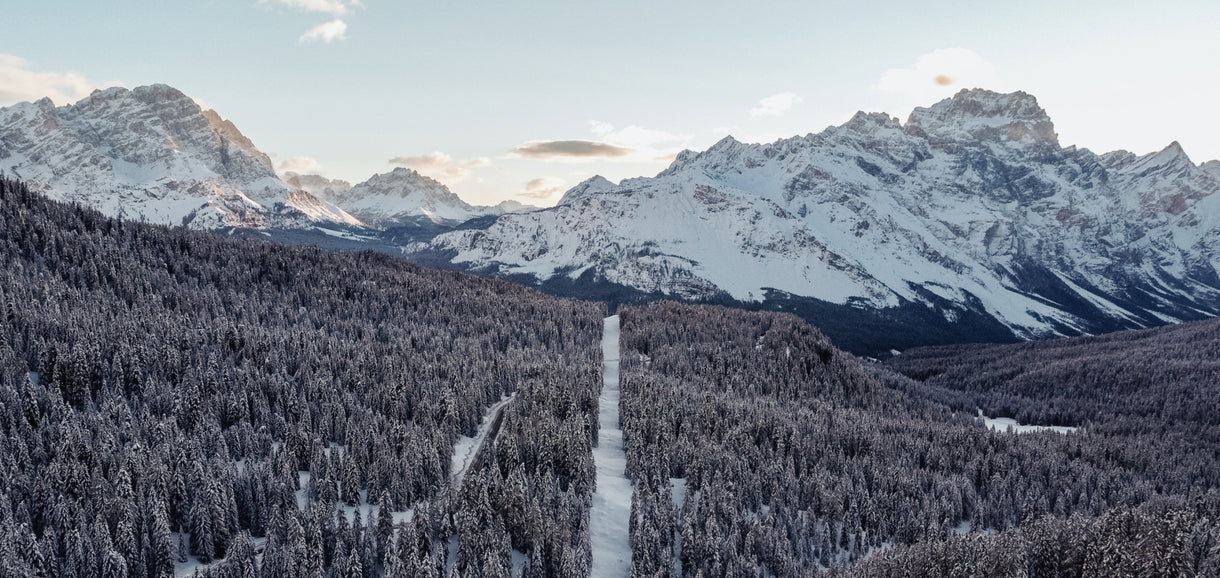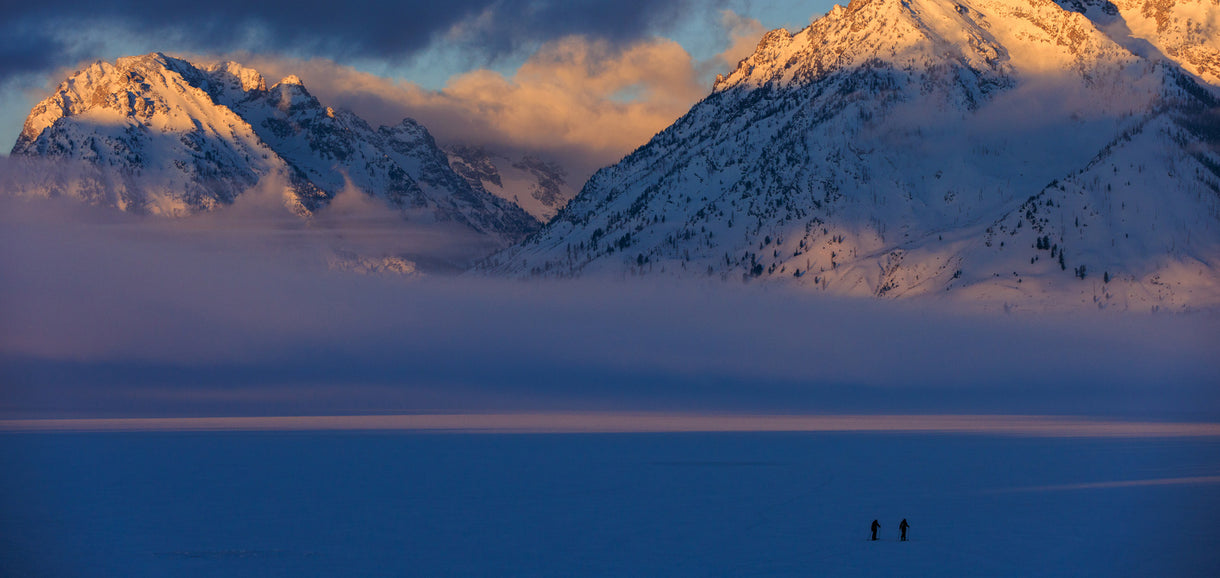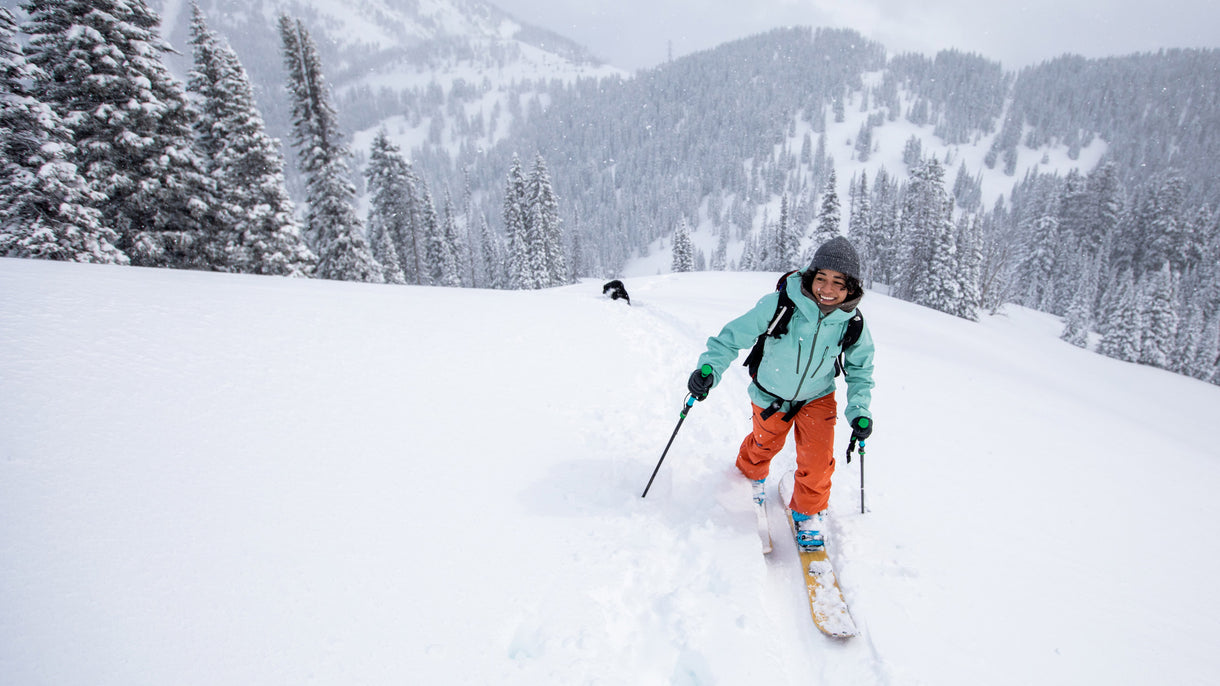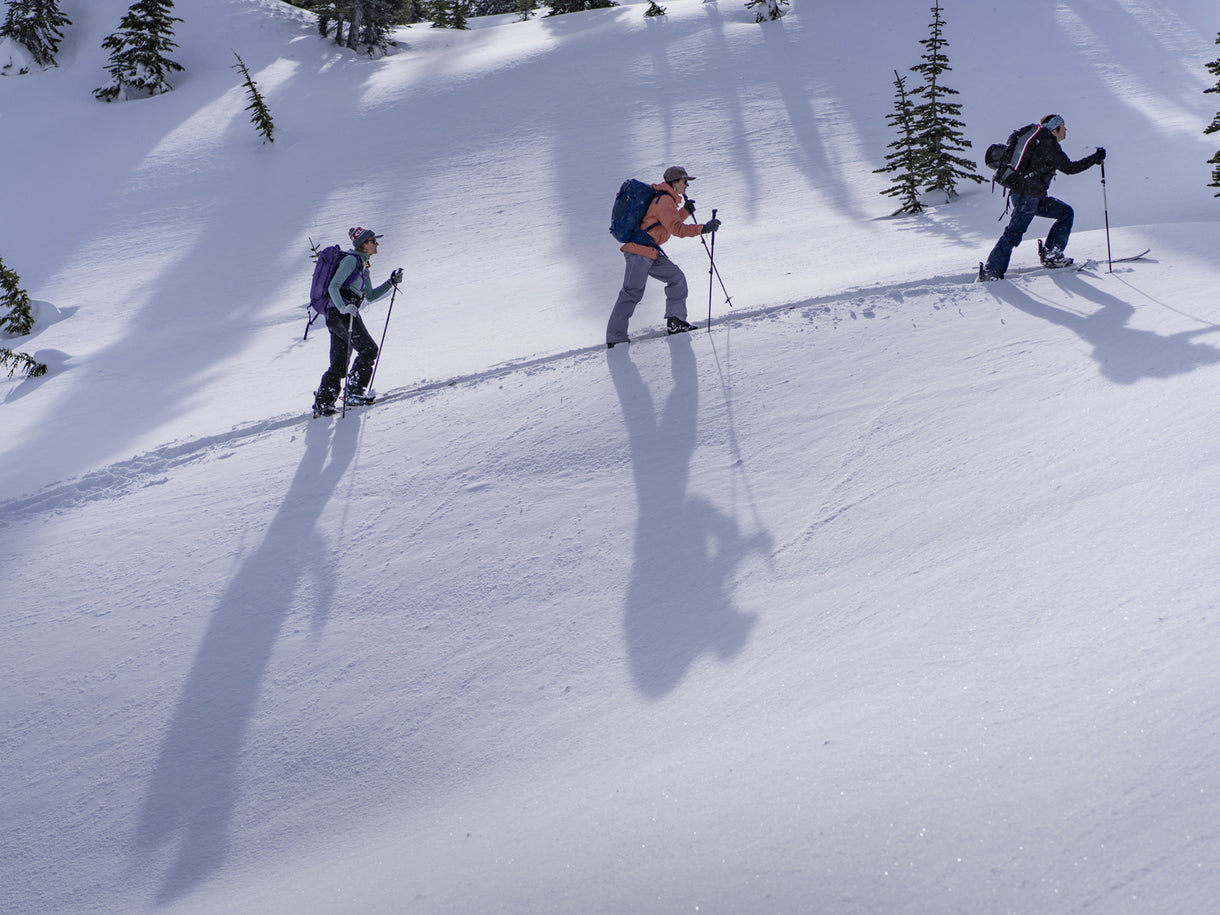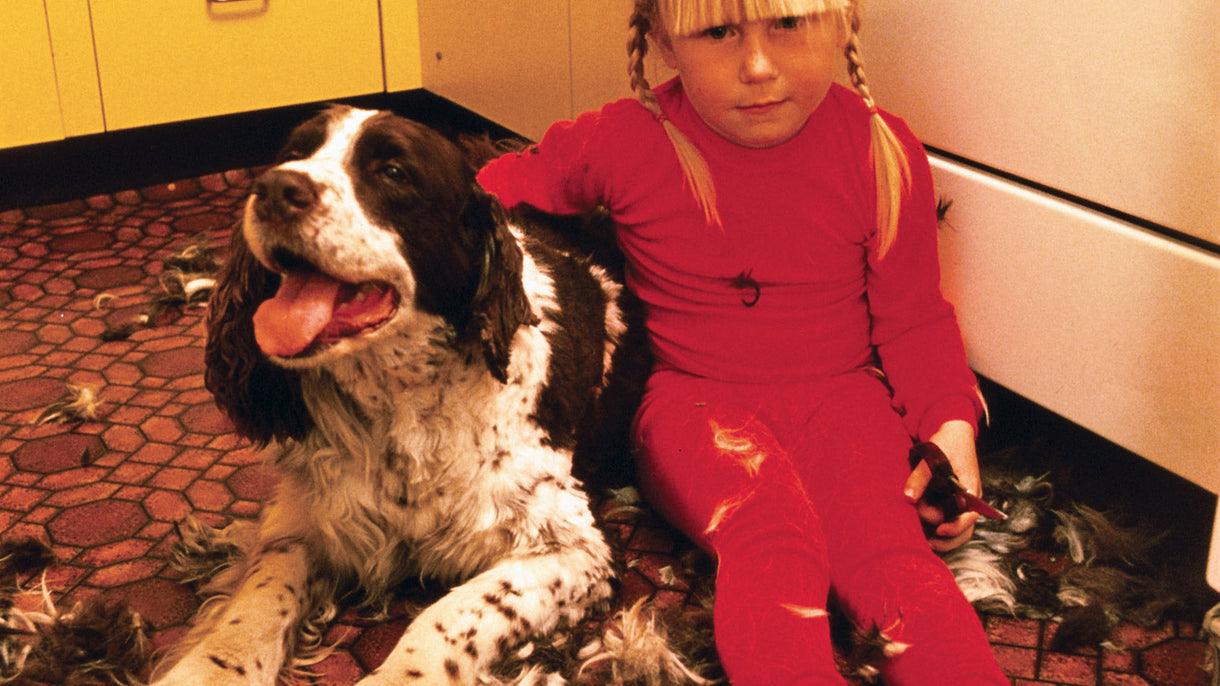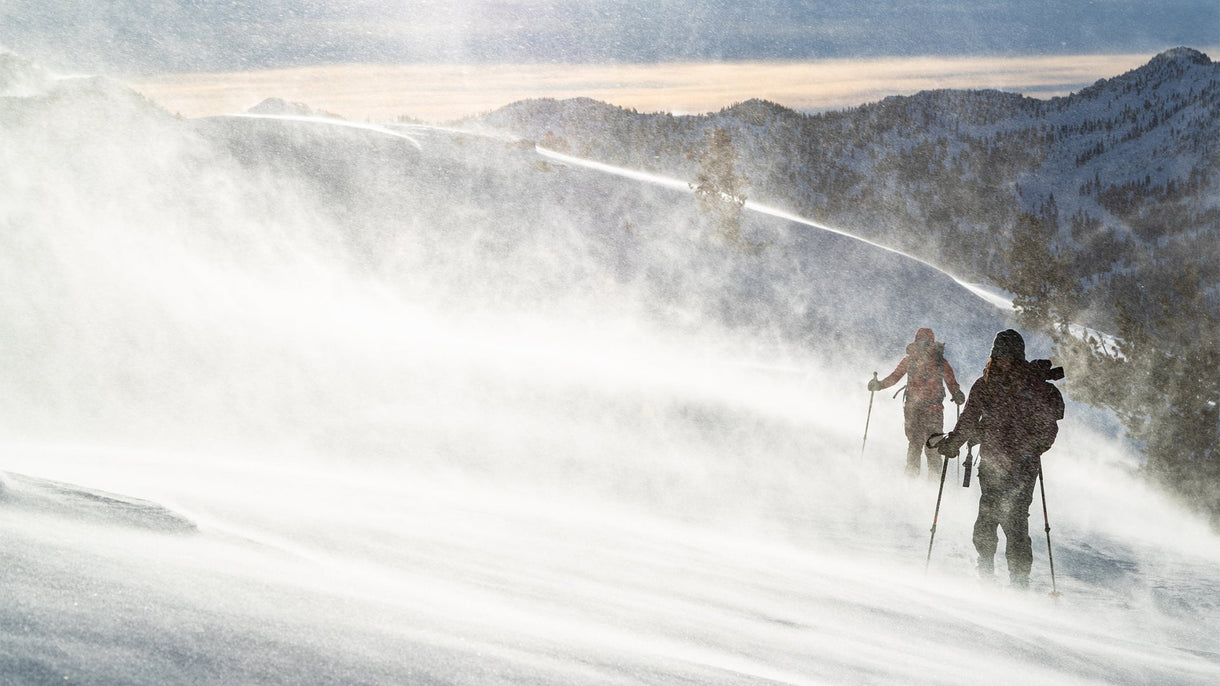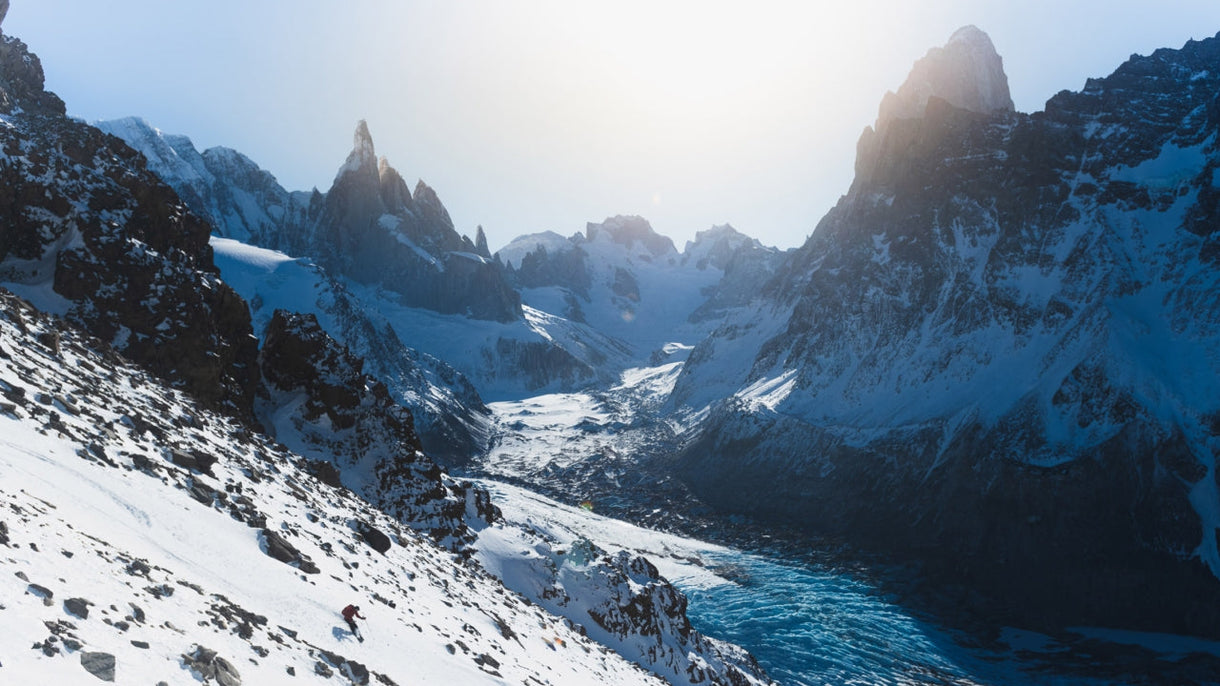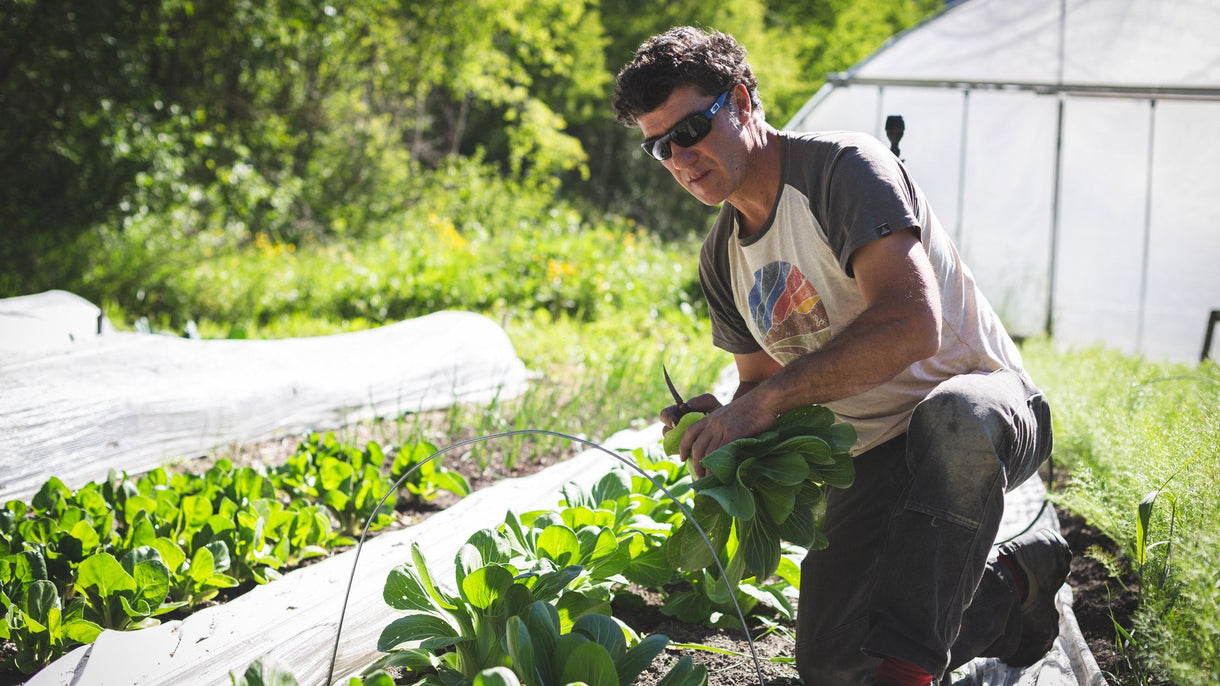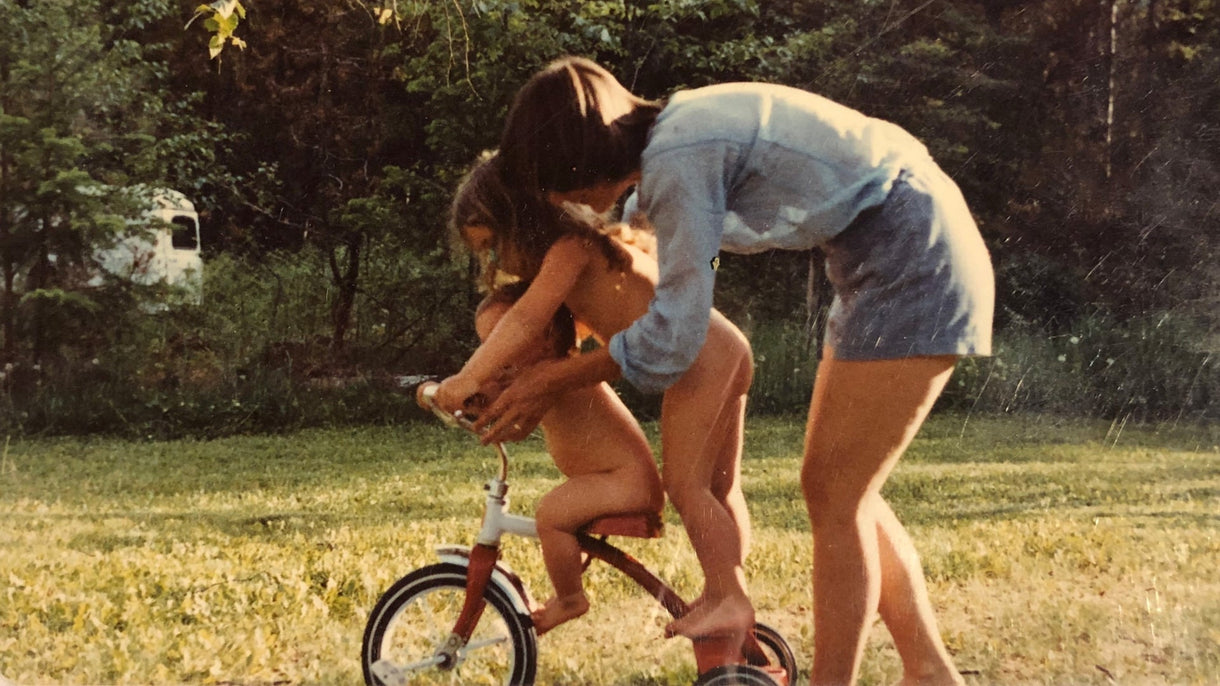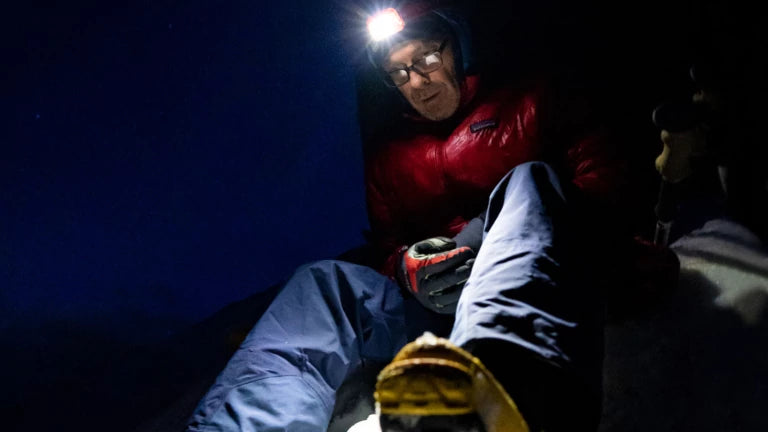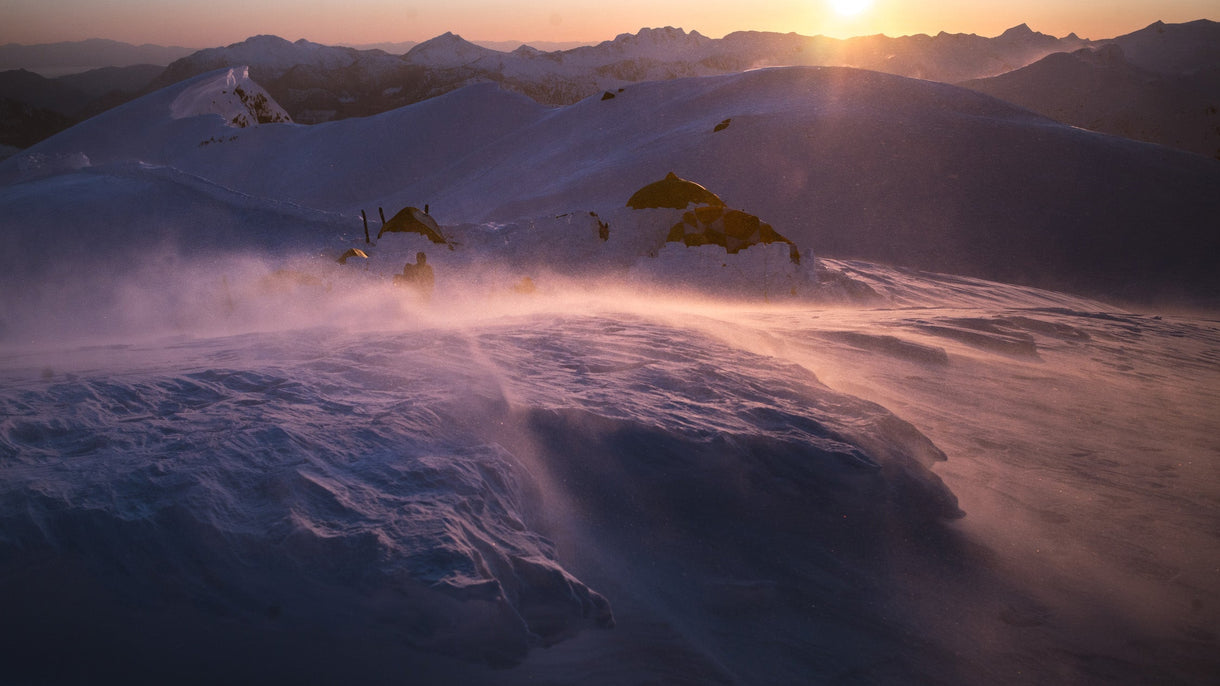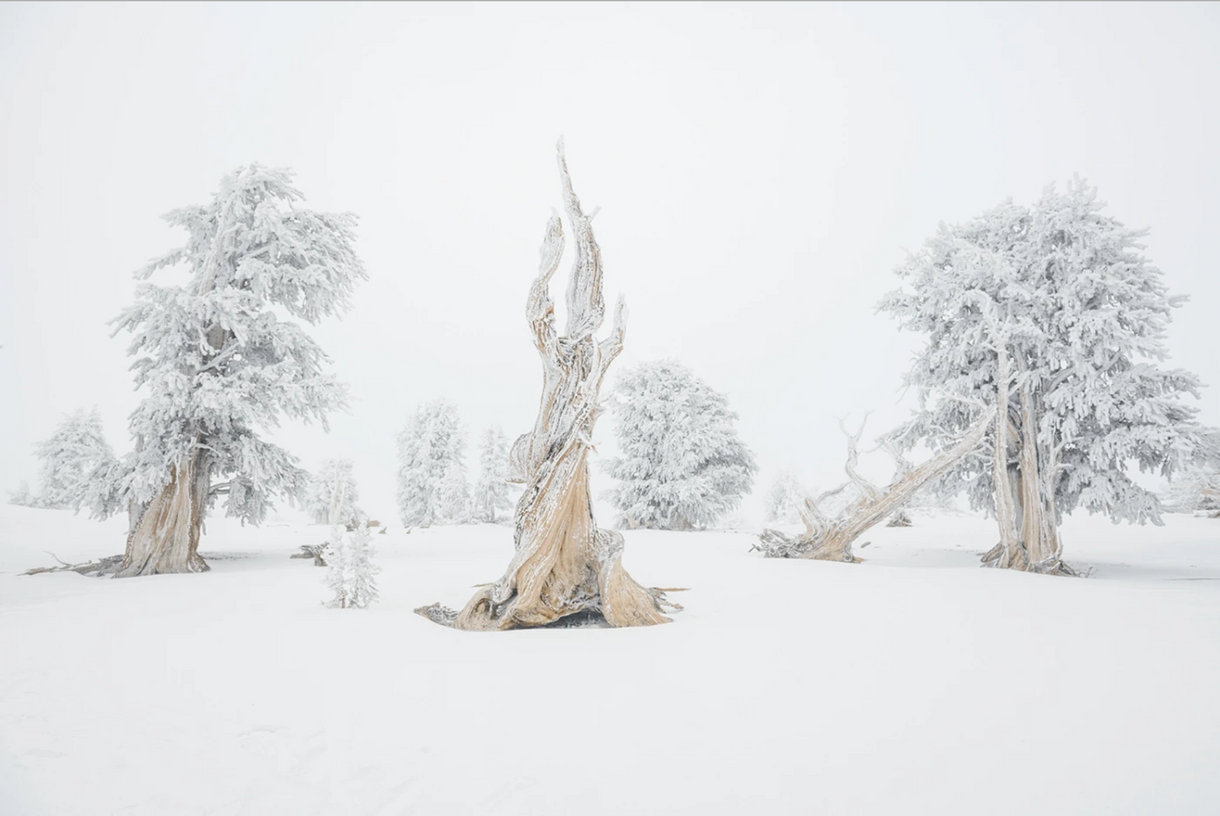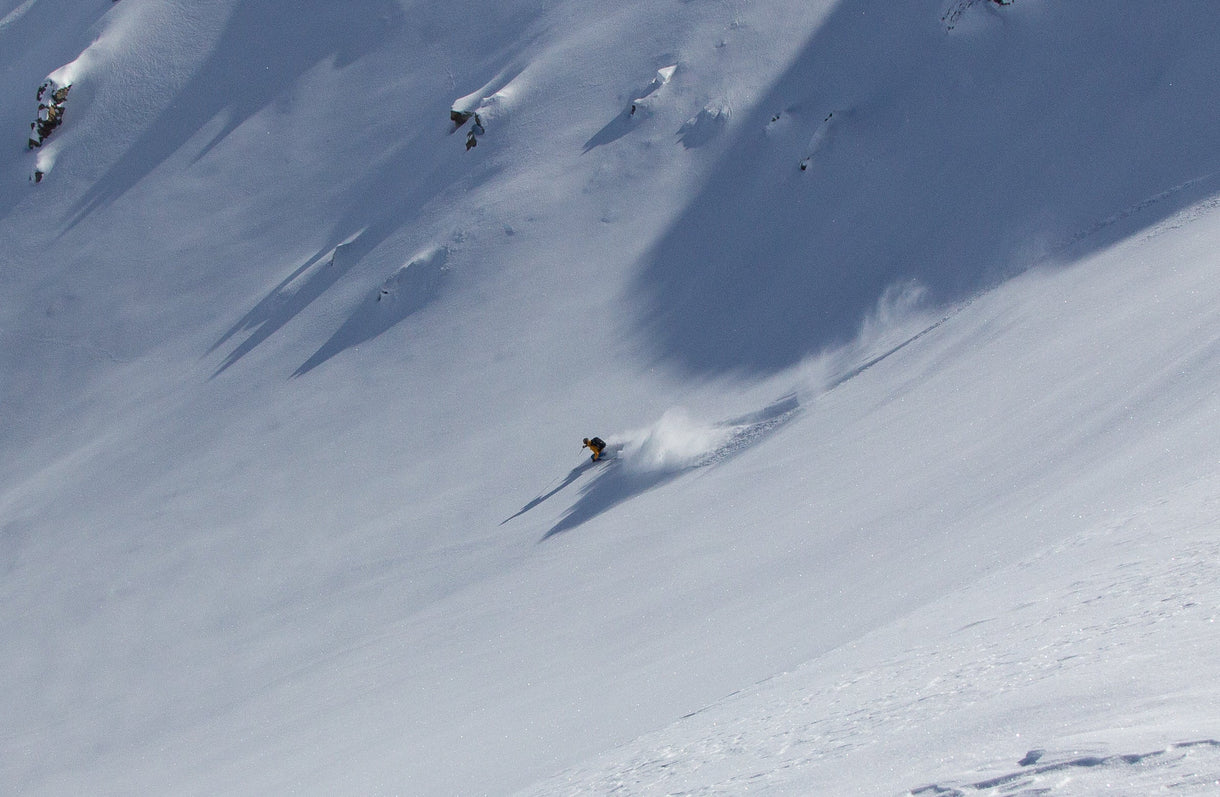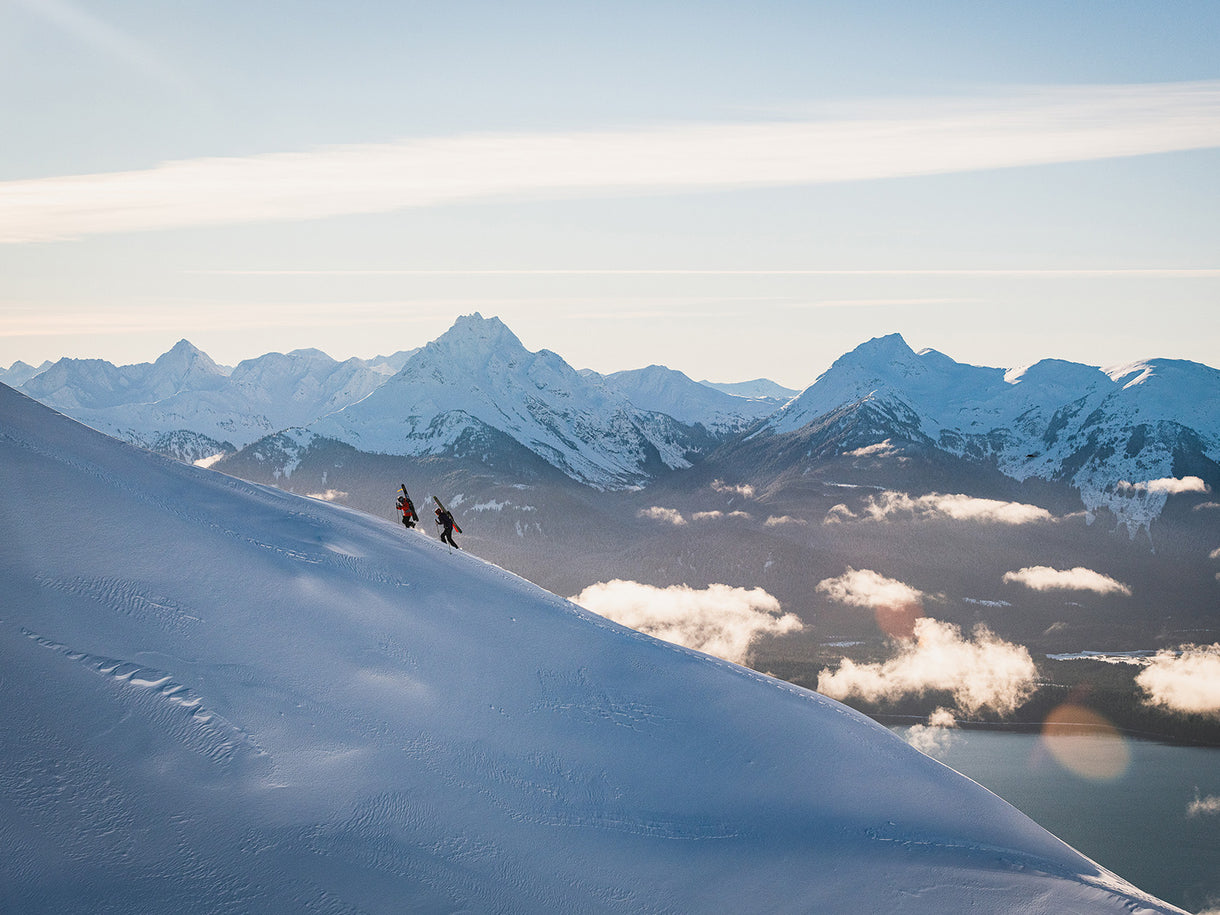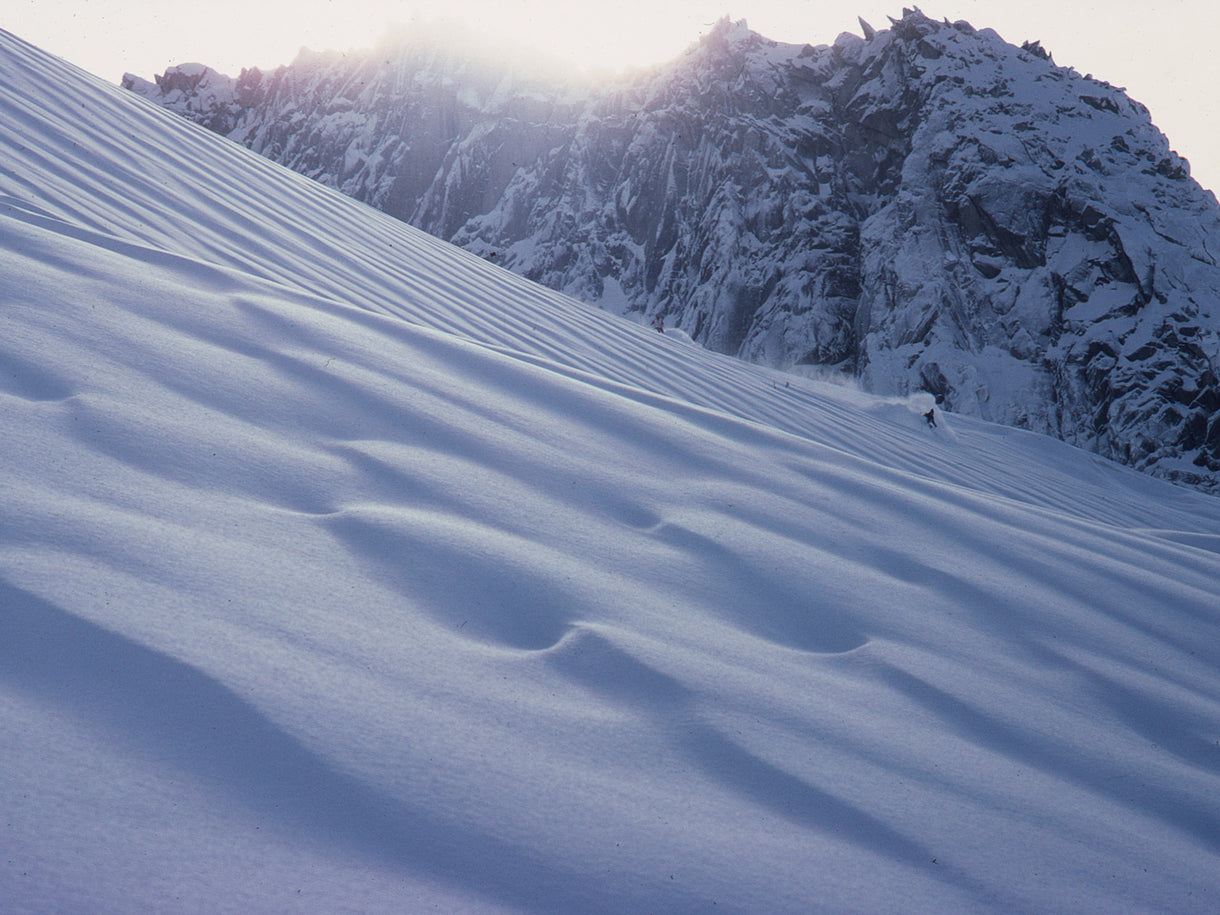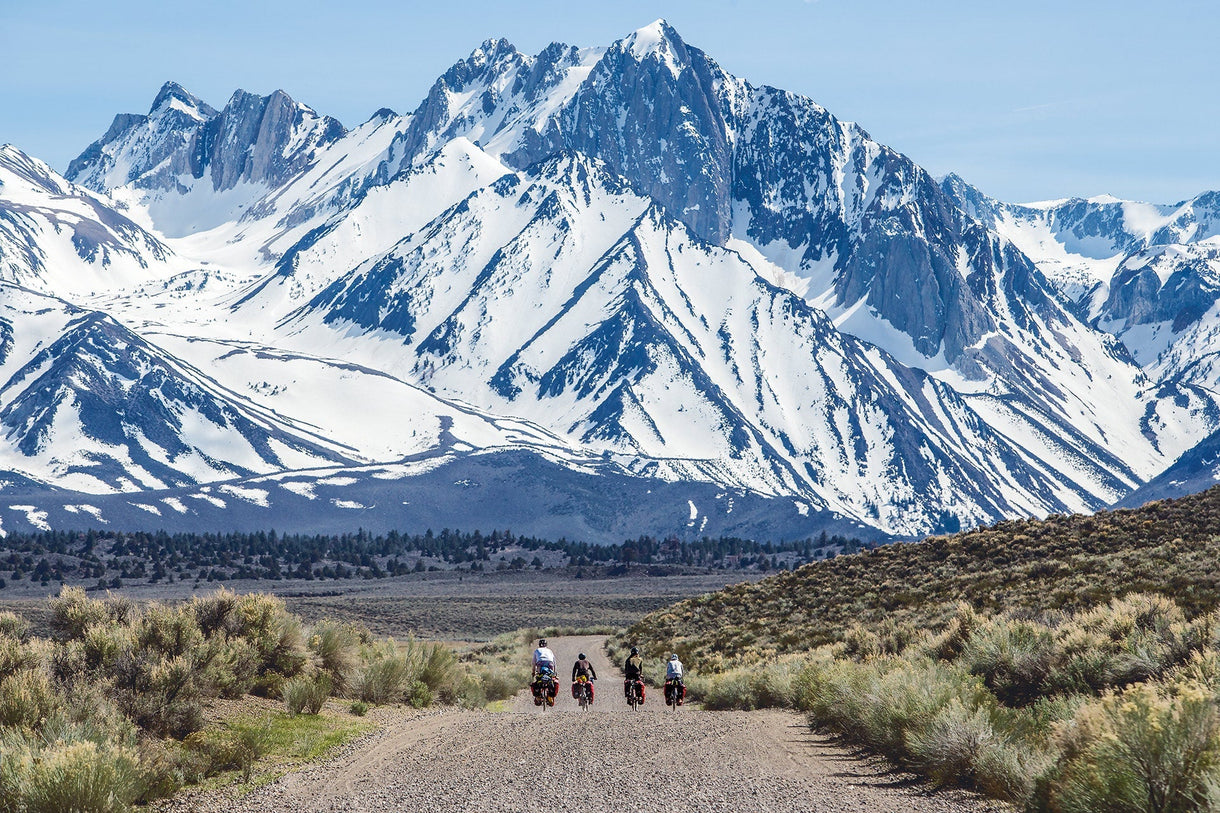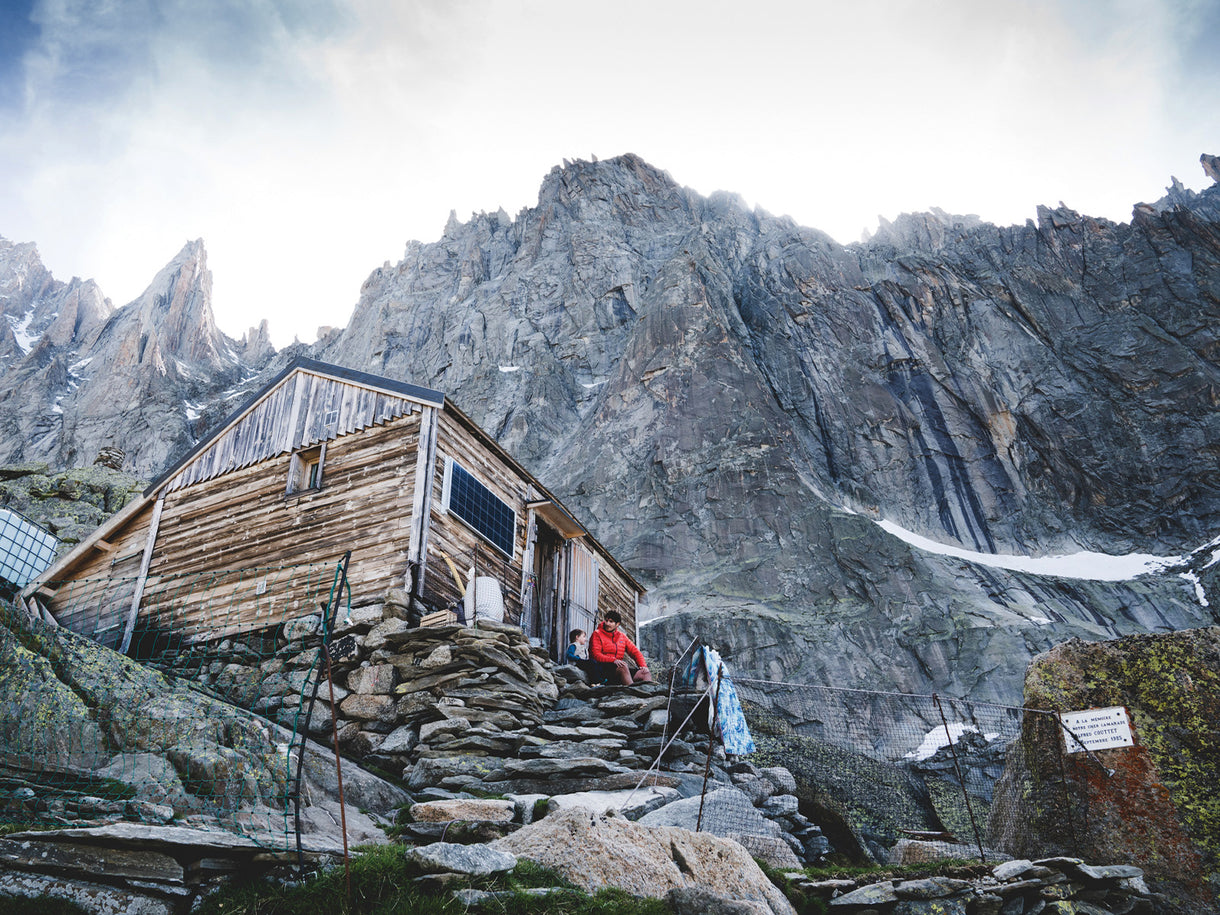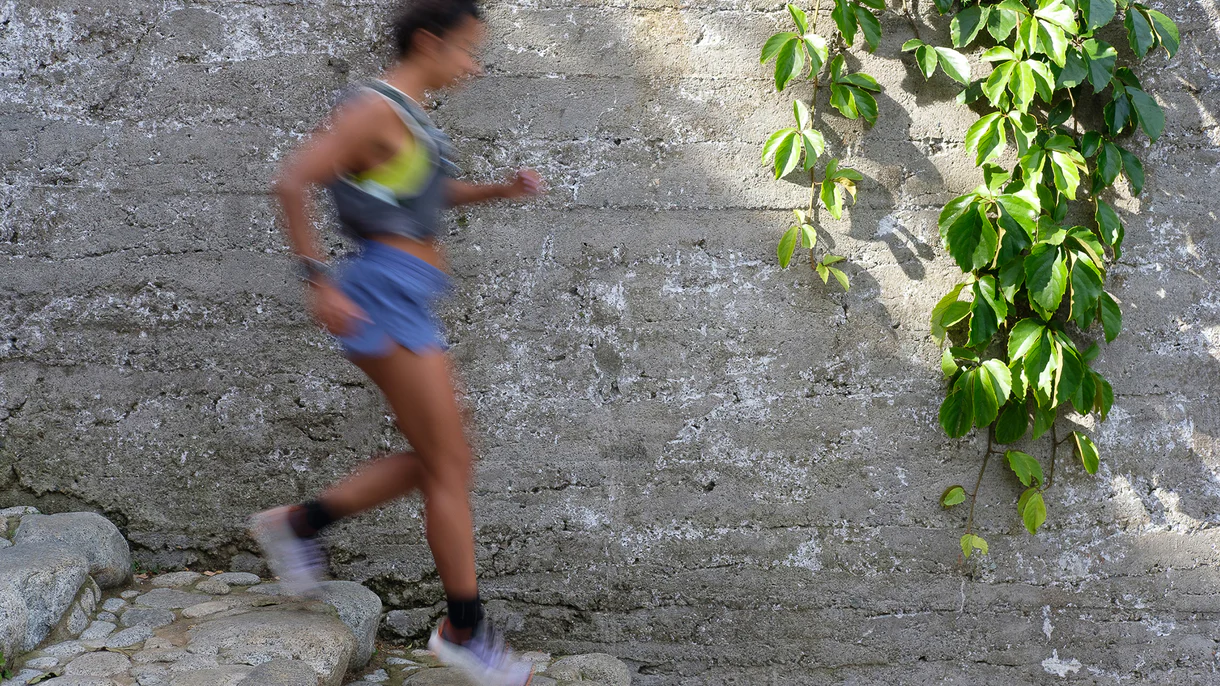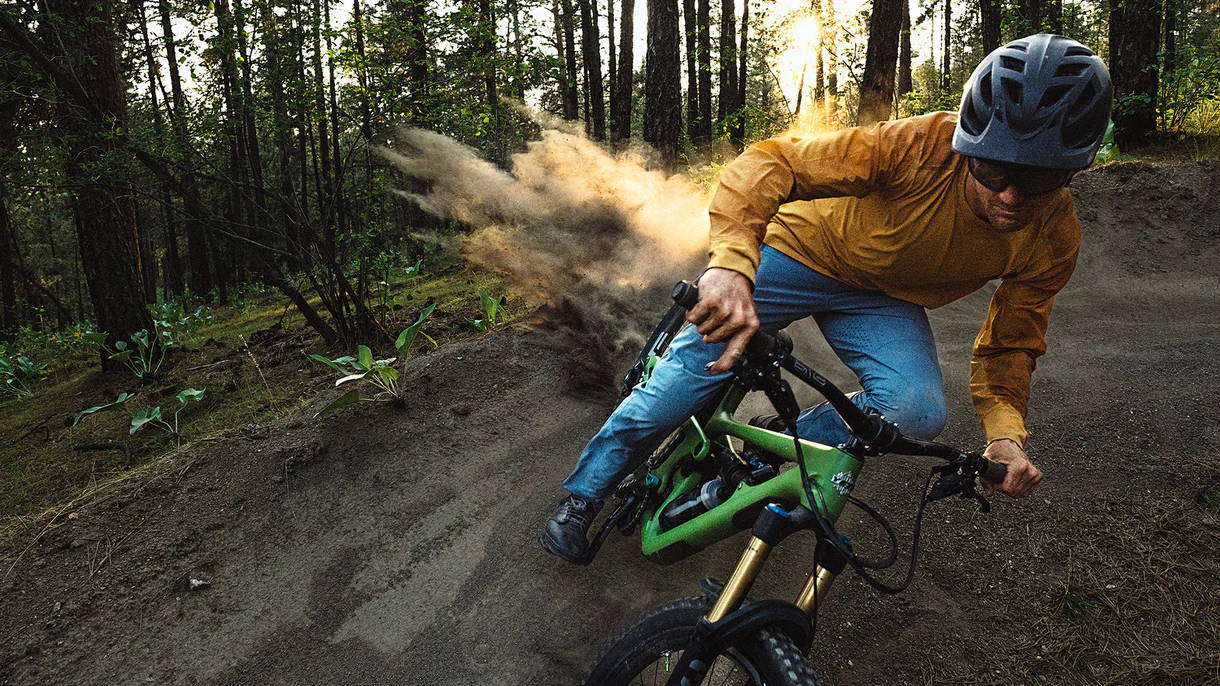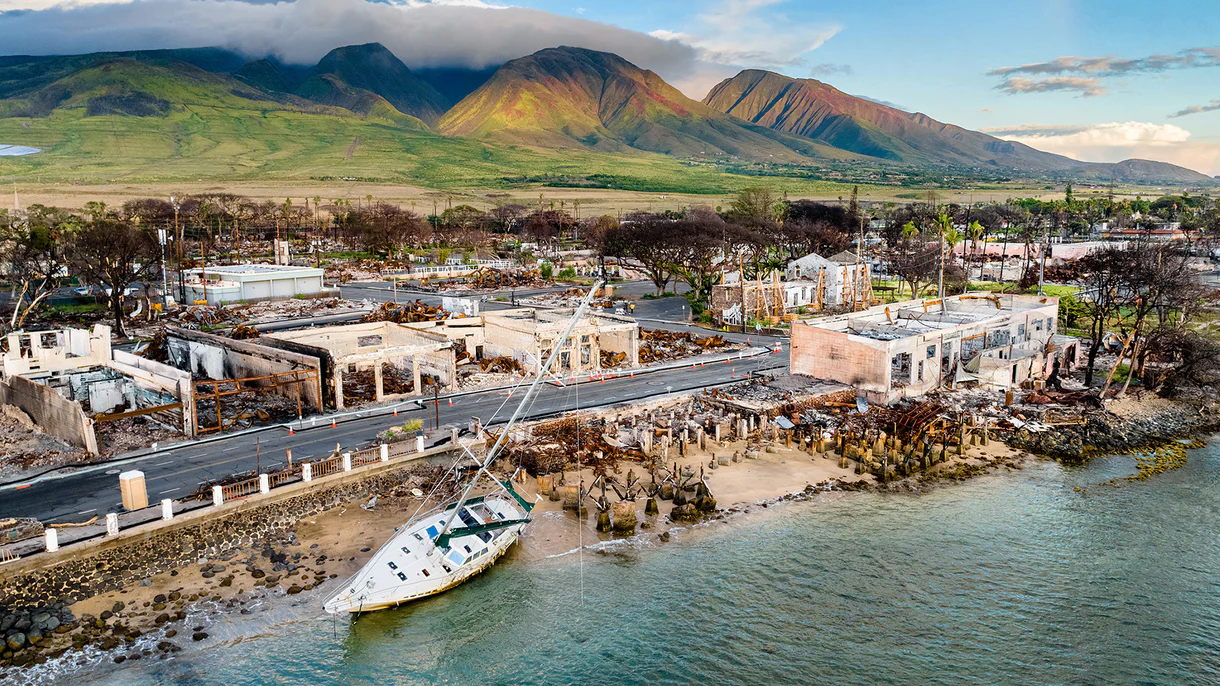A tiny twin-engine aircraft rises above myriad emerald islands and white sandy atolls. On the edge of my seat we fly straight for the towering lush jungle, a grass airstrip appearing just as panic sets in. Tyres screech and we come to an abrupt halt. We’ve landed safely, somewhere in the middle of nowhere. A windy and wet three-hour boat ride further out into the island chain heightens the feeling of isolation. This far away from phone service, the world could have ended and we’d have had no idea.
The Solomon Islands feel a long way from life as I know it. Out here in the Western Pacific, remote tropical coastlines have sheltered an authentic island way of life. Despite the seductive symmetry of this equatorial landscape, it’s a place that very few tourists have explored, and as I learned, one that few will entirely comprehend.
This central Melanesian archipelago has a dark history at the hands of European colonisation, brutal “blackbirding”, scars from World War II and, in recent years, political tension. Now, climate change is generating new threats for this island nation, threats its people have no control over, and have done very little to contribute toward.
As a surfer, embarking on a journey to a remote, unfamiliar destination always stirs up butterflies. What are the chances of discovering a surfing nirvana? Doing my best to squash expectations, I focus my energy on getting to know and connect with my travel companions, an eclectic troupe brought together by SurfAid's humanitarian initiative in the Solomons. On the flight with me are surfer Sasha Leitmanis, photographer Matt Dunbar and SurfAid's Doug Lees. We are travelling to a small area in the remote north of the island chain, gathering information to help SurfAid continue their work with remote communities at the fringes of the surfing world.
 Sharing a laugh with two little groms. Photo: Matt Dunbar.
Sharing a laugh with two little groms. Photo: Matt Dunbar.
Out of a jungle labyrinth where green meets blue, a wooden walkway emerges from the mangroves… along with a local family. Sisters, brothers, grandparents, daughters, sons, aunts and uncles greet us with open arms and the warmest island hospitality. It feels like a place without time. Traditional thatched-roof bungalows topped with solar panels, open-air bedrooms with mosquito nets, and a steaming fresh fish meal awaits us. Simple living at its finest. Laughter erupts as Doug’s humble and comical approach instantly breaks down all cultural barriers. We're intrigued to learn more about the way of life here.
The fish was caught that afternoon among the mangroves with a Hawaiian sling. The taro, cassava, slippery cabbage and banana all grown in the village garden among other crops. The garden is built on permaculture principles, although it wasn’t called "permaculture" generations ago when it was first dug. Embracing the natural landscape and weather, this garden reduces water consumption, recycles waste and creates habitat for other life, all while producing food for the village.
I sit back as Sasha talks with tenderness to the local women about life in the village. These women are very much directors of their households. Women own the land here, and it is passed down to them from generation to generation. The feminine and masculine roles within the community are very traditional and set in stone. Women are the homemakers: cooking, cleaning, tending to the gardens, and raising children. Men are mostly responsible for fishing and building. Arranged marriages are still very commonplace in the Solomon Islands. All time is spent with the people you respect. Happiness and the continuity of simple contentment and truly living in the moment radiates. The people of the Solomons live in a harmonious relationship with the land. Perfecting the balancing act of giving and taking from nature.
 Scoping out a new surfing nirvana. Photo: Matt Dunbar.
Scoping out a new surfing nirvana. Photo: Matt Dunbar.
It rains the following morning. Just as the water tanks reach full capacity, the weather clears and morning sun begins to shine. Luminescent blue gives way to a line of white water on the outer reef. The search for the perfect, uncrowded wave is a never-ending pursuit and a pursuit that will not end today. The only waves on offer are sectioning, with a side shore wind. Nonetheless, paddling atop crystal clear, tropical waters with the reef moving by below and not another soul in sight is a treasure in itself.
After two sessions out on the reef I’d start to get my bearings, using the only line-up marker in sight. Wooden poles erected on the shallow reef, to both the left and its adjacent right mark the passage. In between sets, I decide to get a closer look; Sasha accompanies me in case we encounter any large fish along the way. Shoulders burning from a paddle against the current, we make it across and realise these poles are in fact the trunks of large dead trees still rooted deeply into the reef. We float among a tropical graveyard. A decade ago the sheltered side of this reef was an island.
"We float among a tropical graveyard. A decade ago the sheltered side of this reef was an island."
The Santa Isabel Province, due to its position on the fringe of the Western Pacific, is experiencing the first wave of climate change. The low-lying island network is more susceptible to rising sea levels, and its tropical location is more impacted by intensified weather systems and tradewinds than most other areas on the planet. Over the past two decades, sea level trends have increased here by rates approximately three-times the global average.
 The erosion of the coastal fringe has created an underwater graveyard. Photo: Matt Dunbar.
The erosion of the coastal fringe has created an underwater graveyard. Photo: Matt Dunbar.
Climate change is no longer an abstract notion for these islands nor the people who call them home. A boat ride along the coastline begins to reveal a clear and abrupt shift. The erosion of the coastal fringe – marked most noticeably by ghost trees claimed by salinity and an encroaching ocean – means the destruction of habitat for turtles, marine birds… and people. Further north, coastal villages that have stood for centuries are being wiped off the map, the locals forced to relocate resulting in a major loss of culture and livelihood.
 Erratic weather off the coast. Photo: Matt Dunbar.
Erratic weather off the coast. Photo: Matt Dunbar.
Back at the village where we are staying, the community is aware of what is slowly, but inevitably, unfolding. They have noticed the disappearance of small, neighbouring islands and seen the sea creeping closer, year on year. The problem they are facing originates many miles away in developed nations infatuated with consumerism. These Solomon Islanders are not the perpetrators; they live in a sustainable cycle with the land and contribute a very soft carbon footprint. Yet they still face the change proactively, gracefully and without focussing on blame.
"Climate change is no longer an abstract notion for these islands nor the people who call them home."
Reflecting on an uncertain future here in the Islands, I take a time out and watch the sunset. Small inner-reef swells lap the shore. The tiny surge has new significance. The isolation here offers little haven from the threat of a changing climate. It's often hard to grasp the reality of living with the consequences of climate change into the future. Hearing children's laughter in the distance, my throat pulls tight. I imagine what the coming decades will look like here.
Back on the runway, chickens stalk our every move hoping for a few stray crumbs. We take off, jet fuel combusts, and we rise high above the clouds. The islands fade into the distance, but the memories and messages remain string. I leave with a newfound perspective in understanding the immediacy of the climate emergency. I had offset my flights, yet the feeling as I left was that offsetting is just a drop in the ocean.
The problem is so vast. To turn this around it will take a lot of voices, a lot of action, and a lot of serious change. We are the last generation who can actively halt global warming before it’s too late.
 On the pier before our three-hour boat ride. Photo: Matt Dunbar.
On the pier before our three-hour boat ride. Photo: Matt Dunbar.
Thanks to Elly Baker who contributed to the writing of this story.
Banner image – Belinda Baggs and Sasha Leitmanis paddle out toward the ghost trees. Photo: Matt Dunbar.

